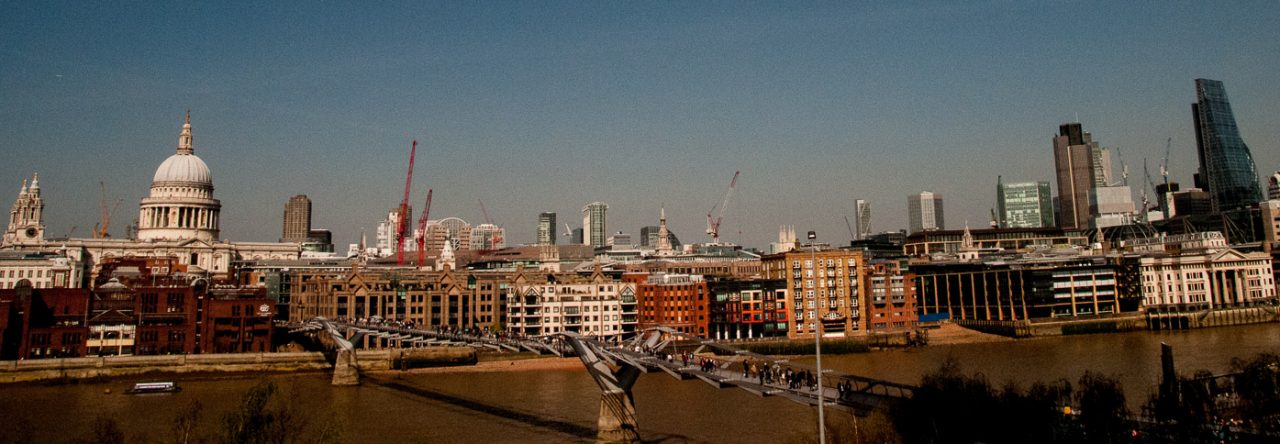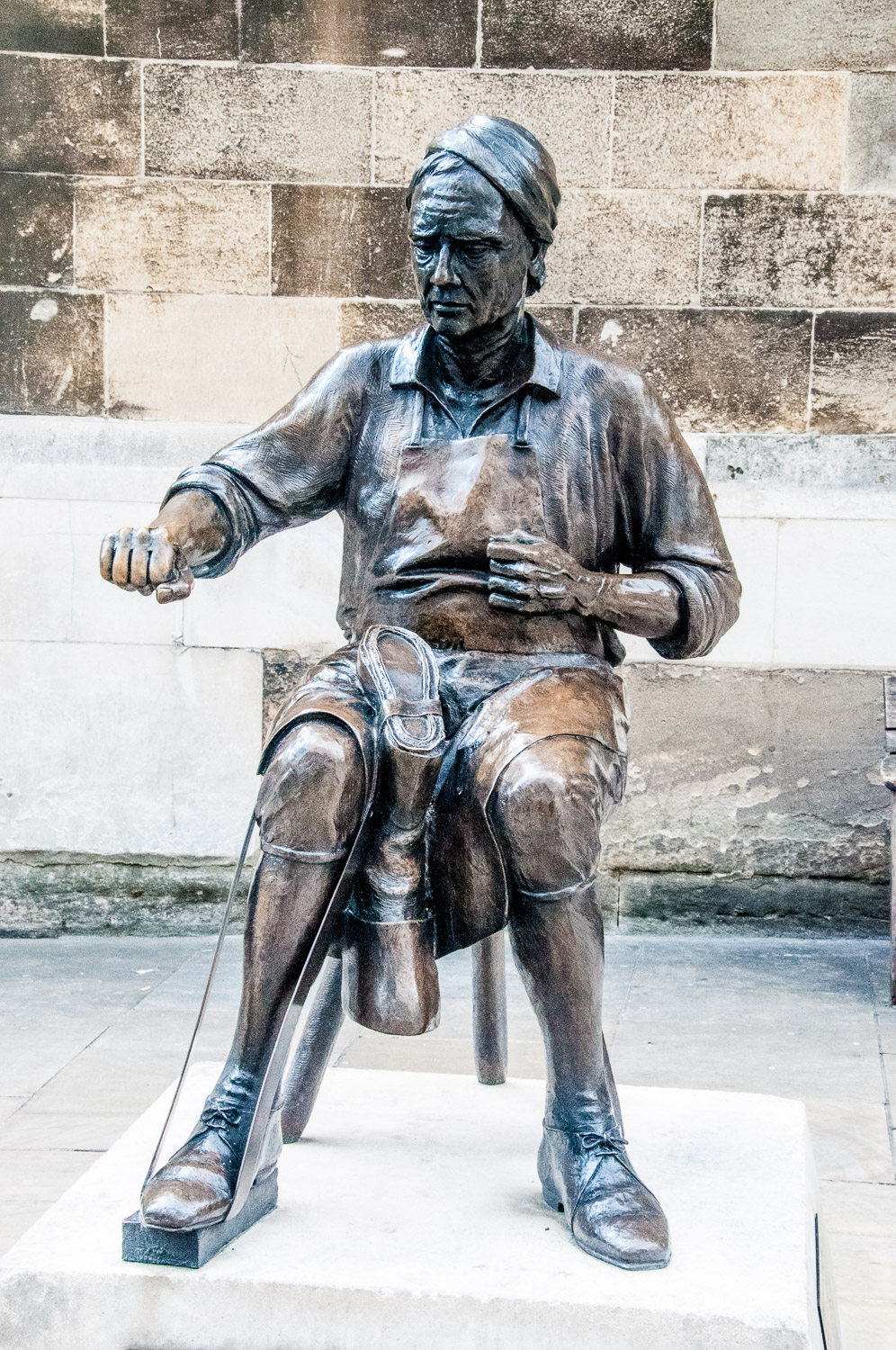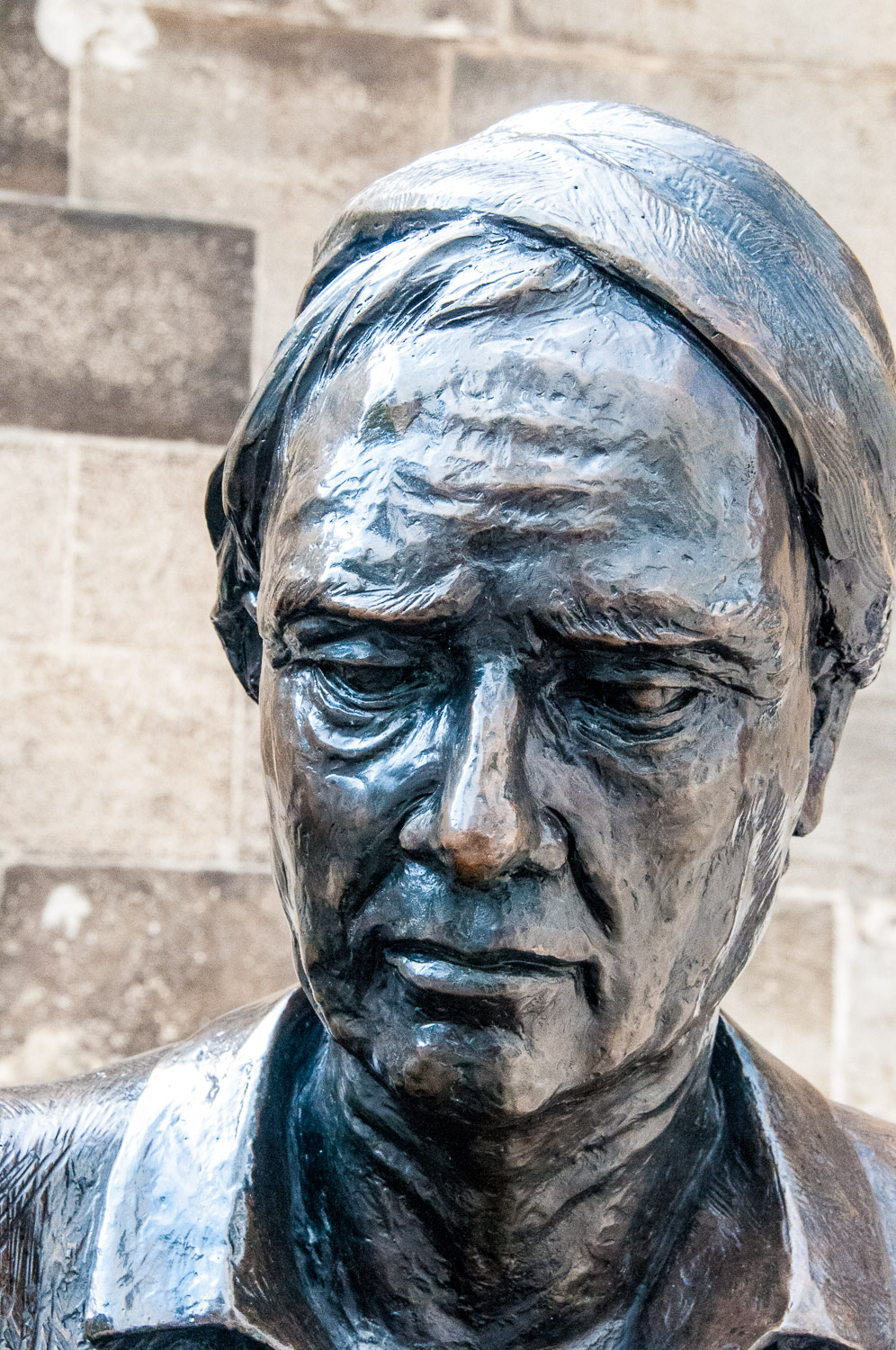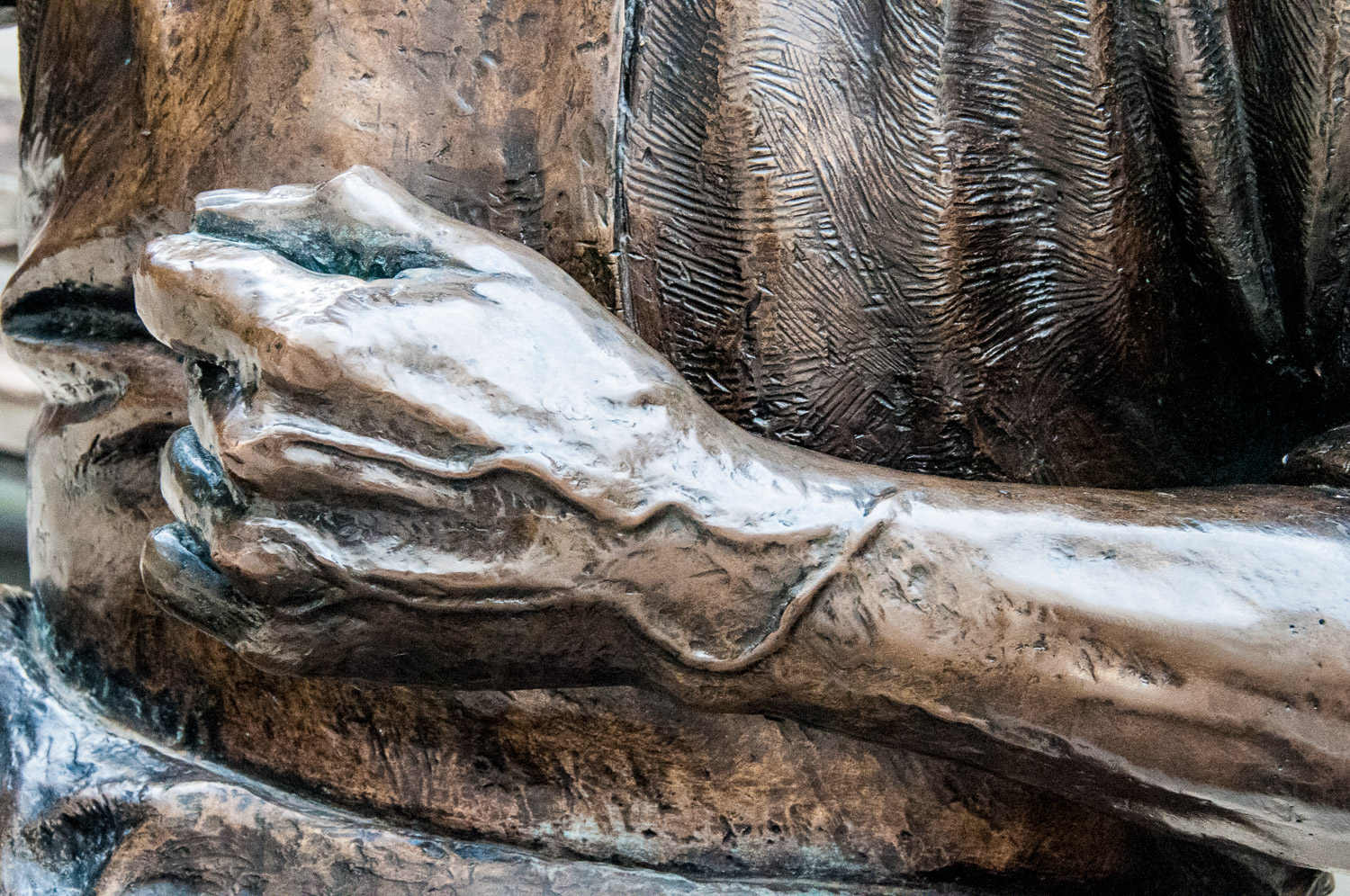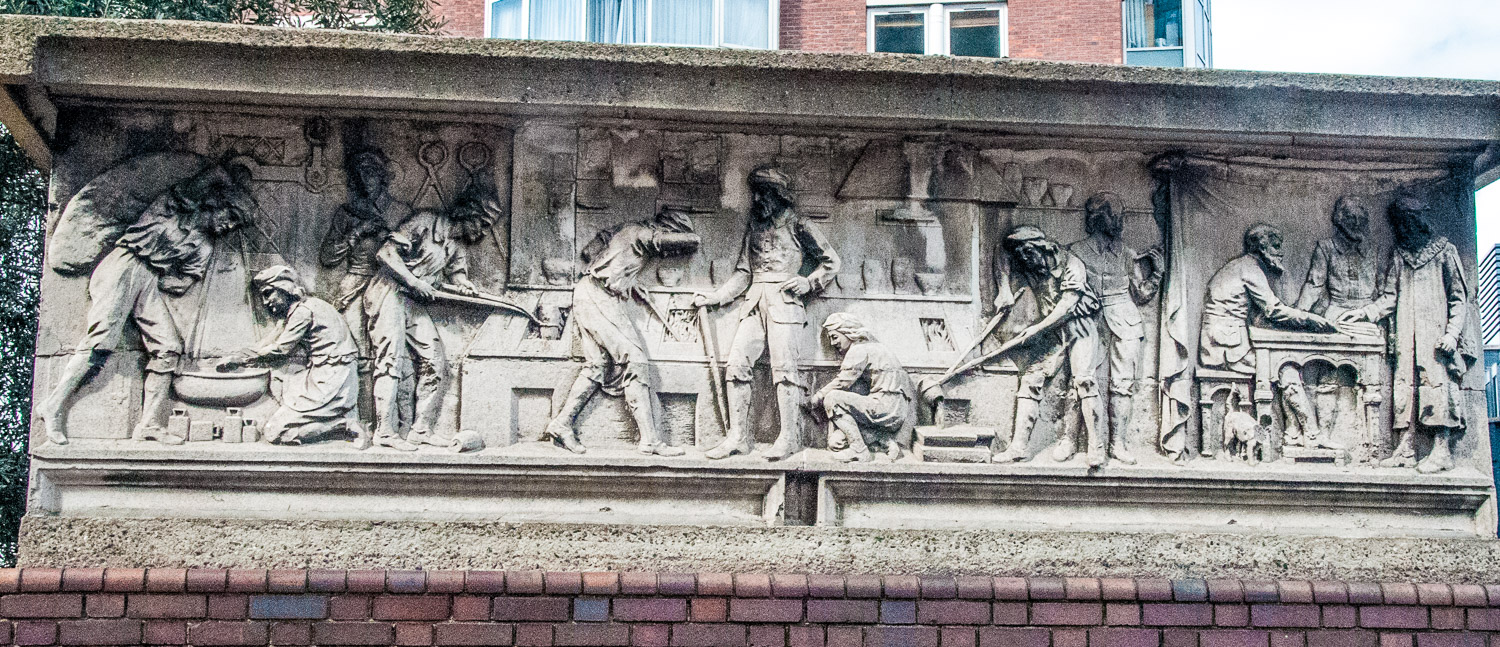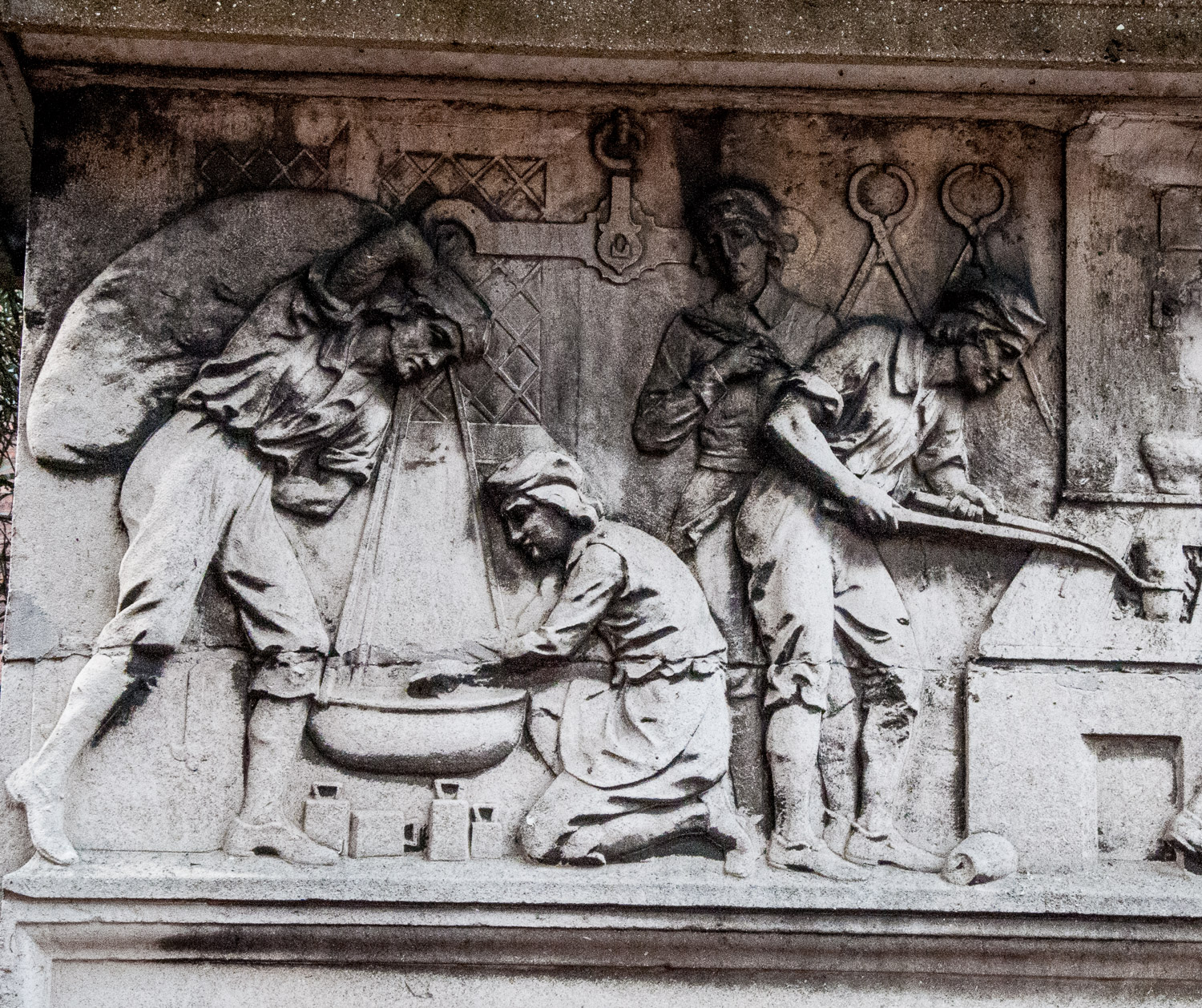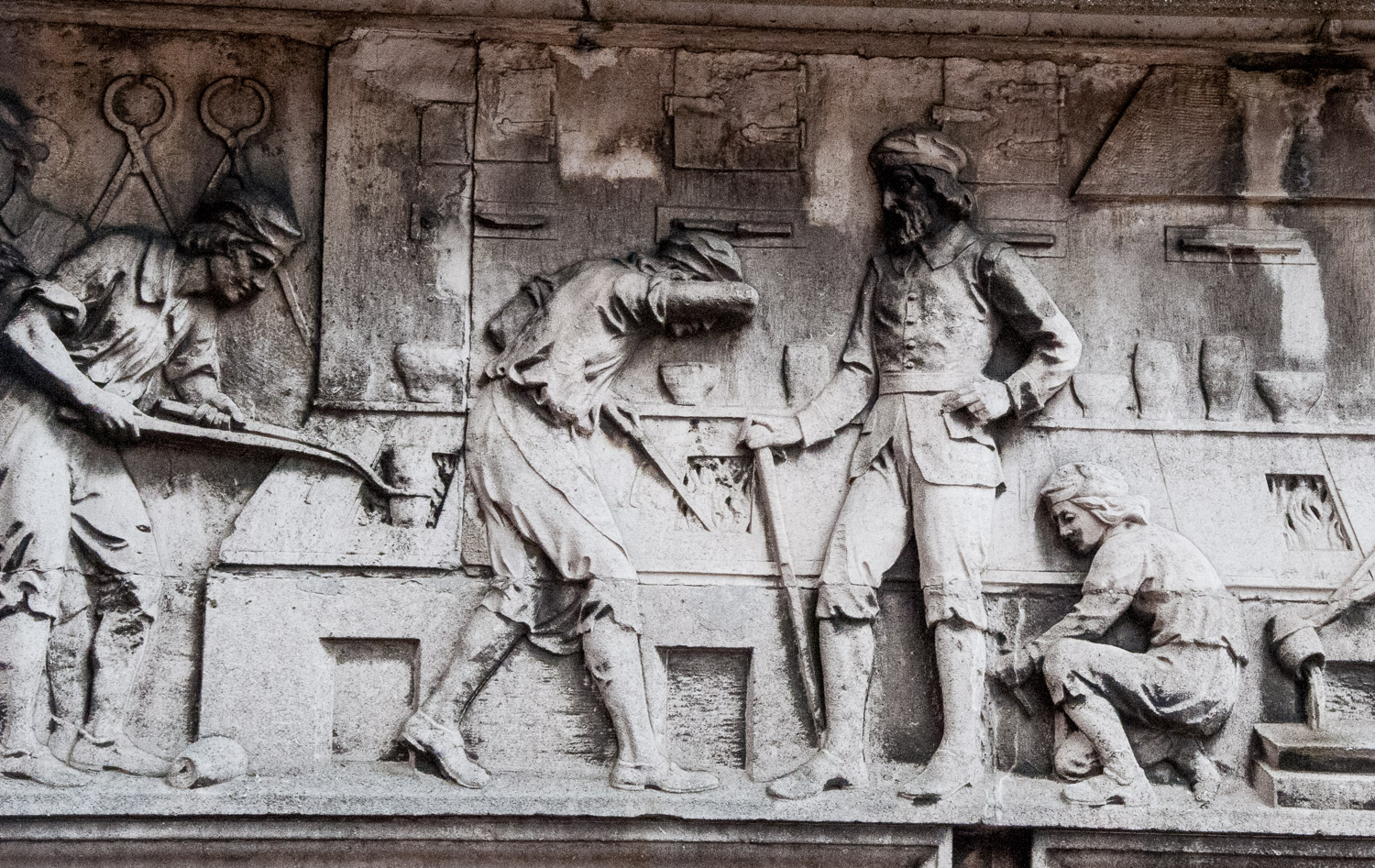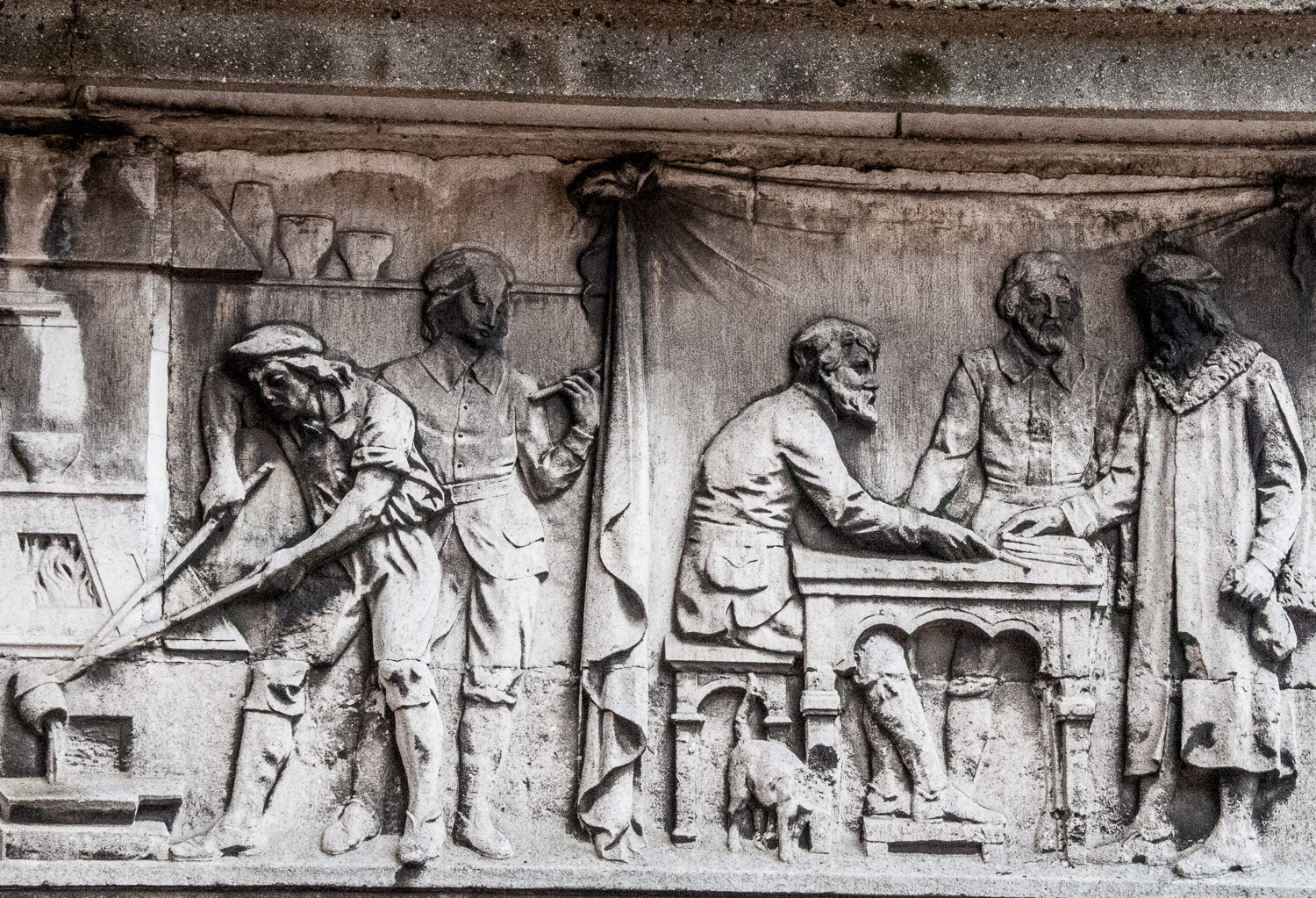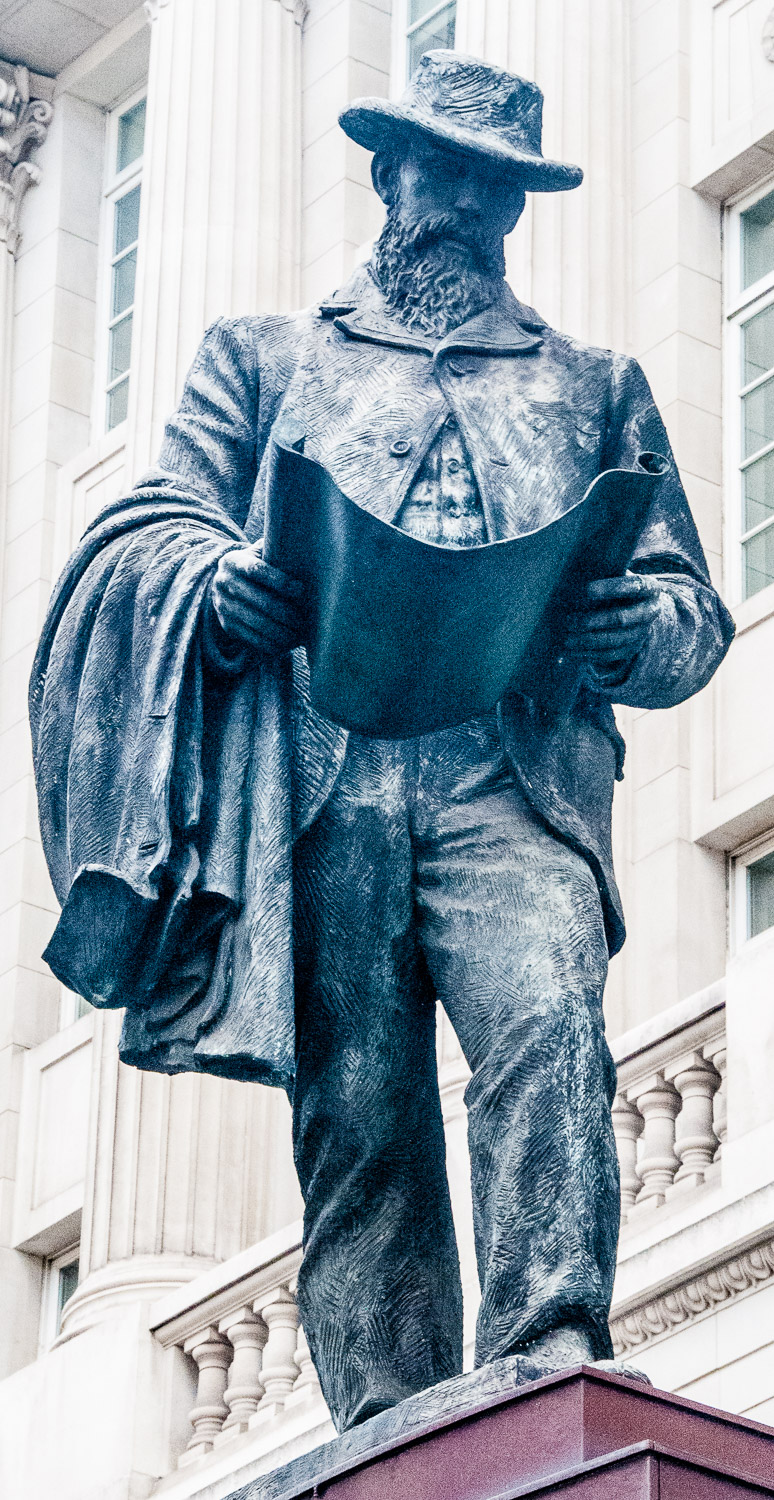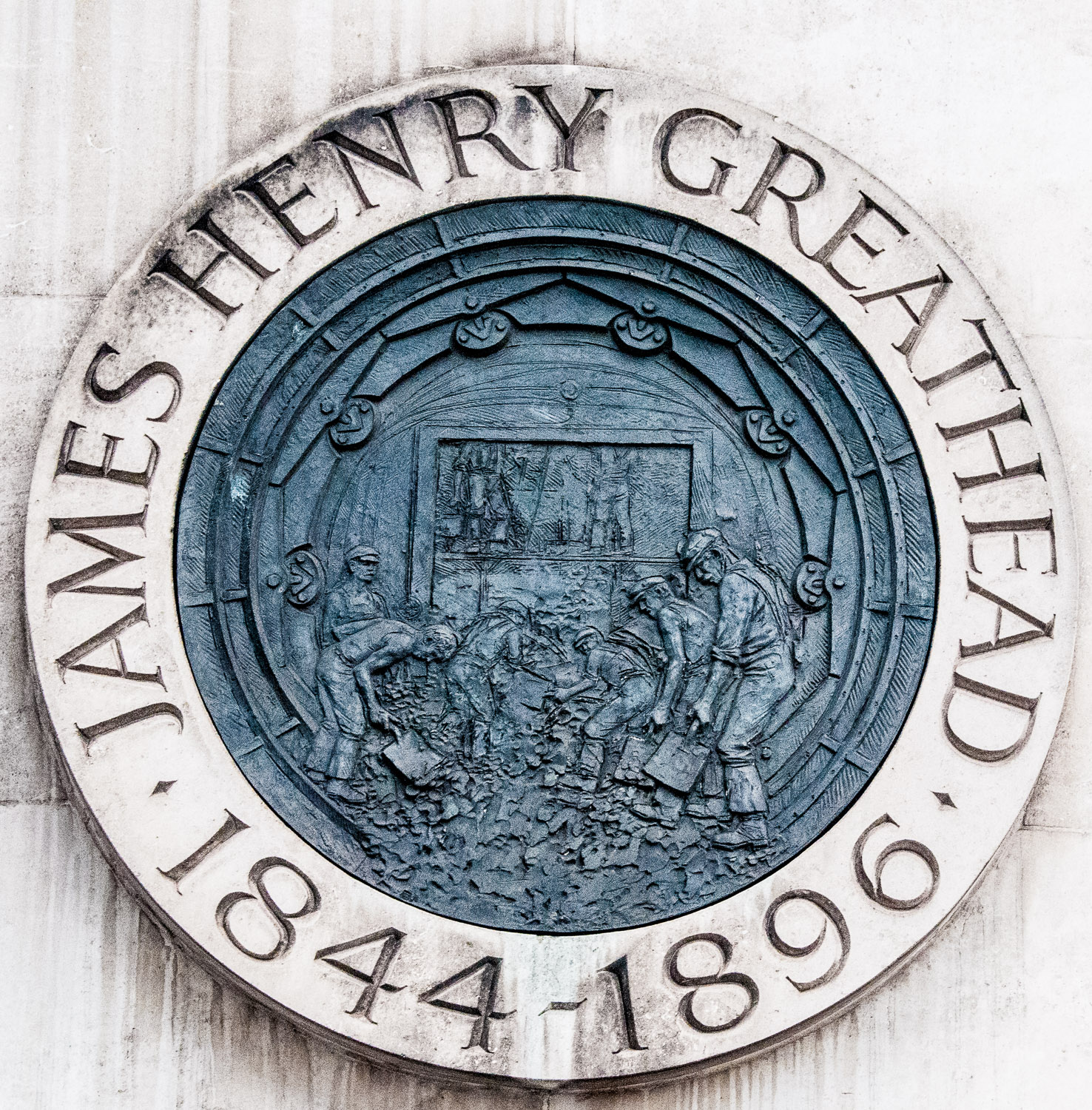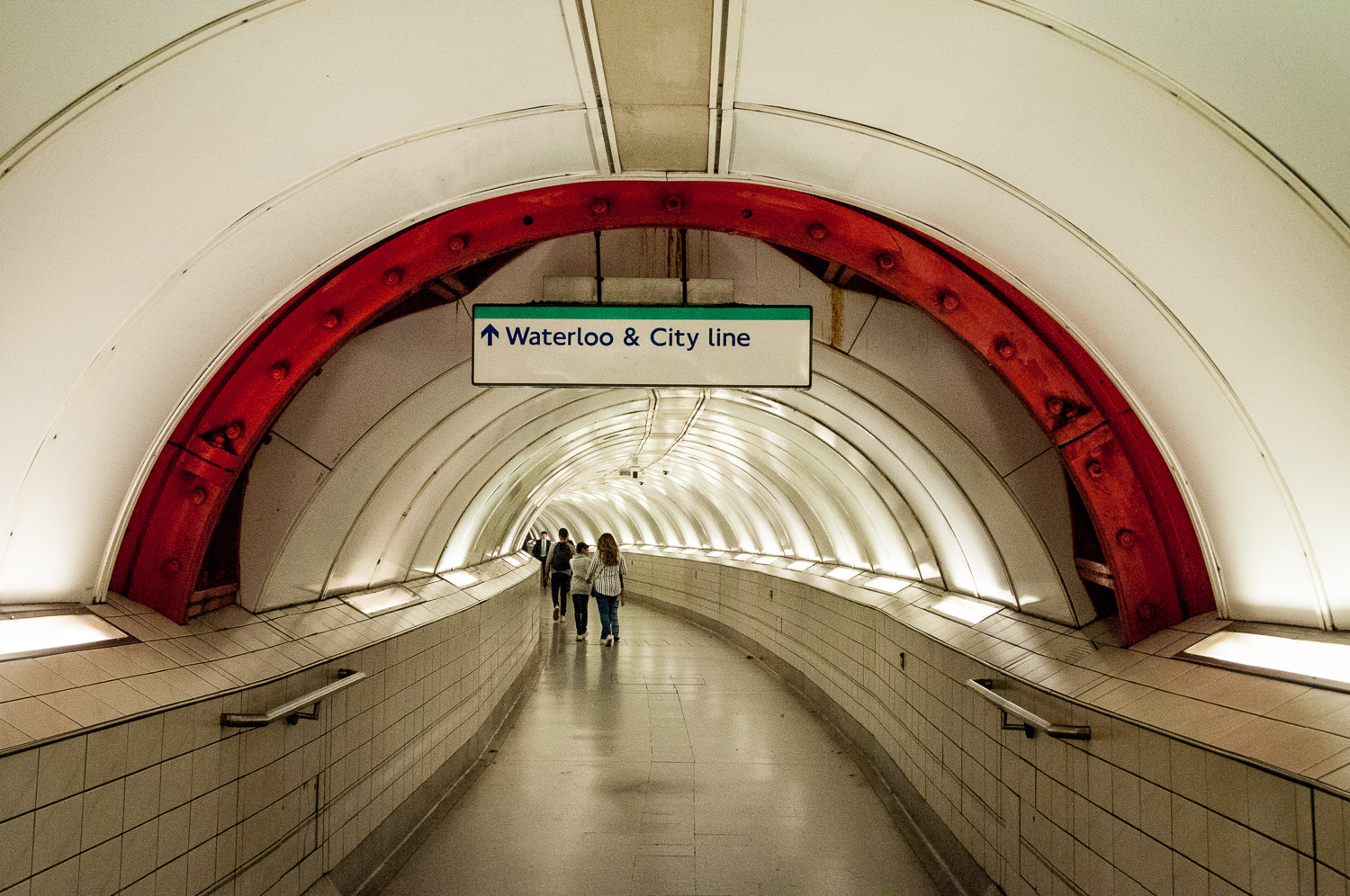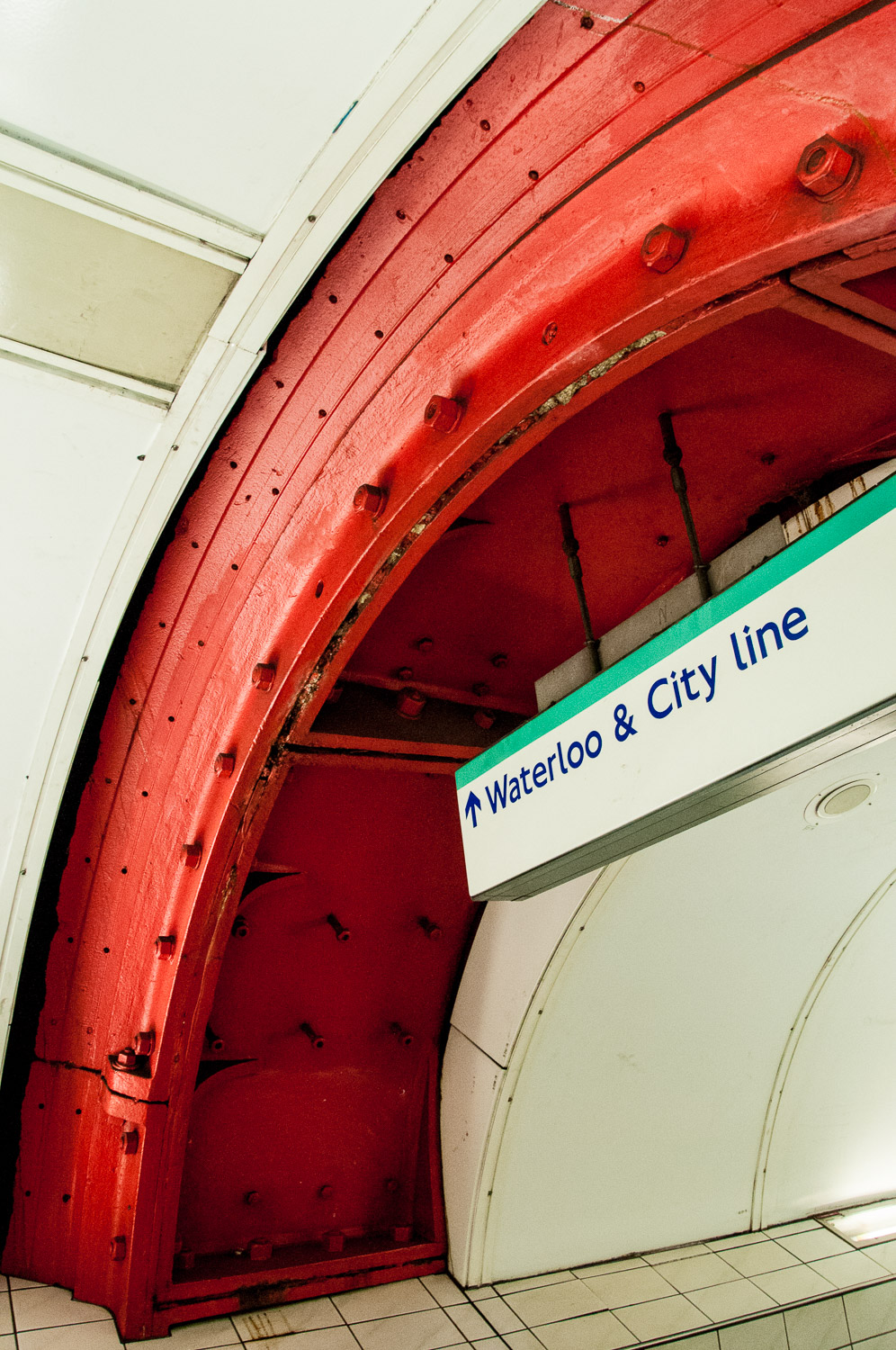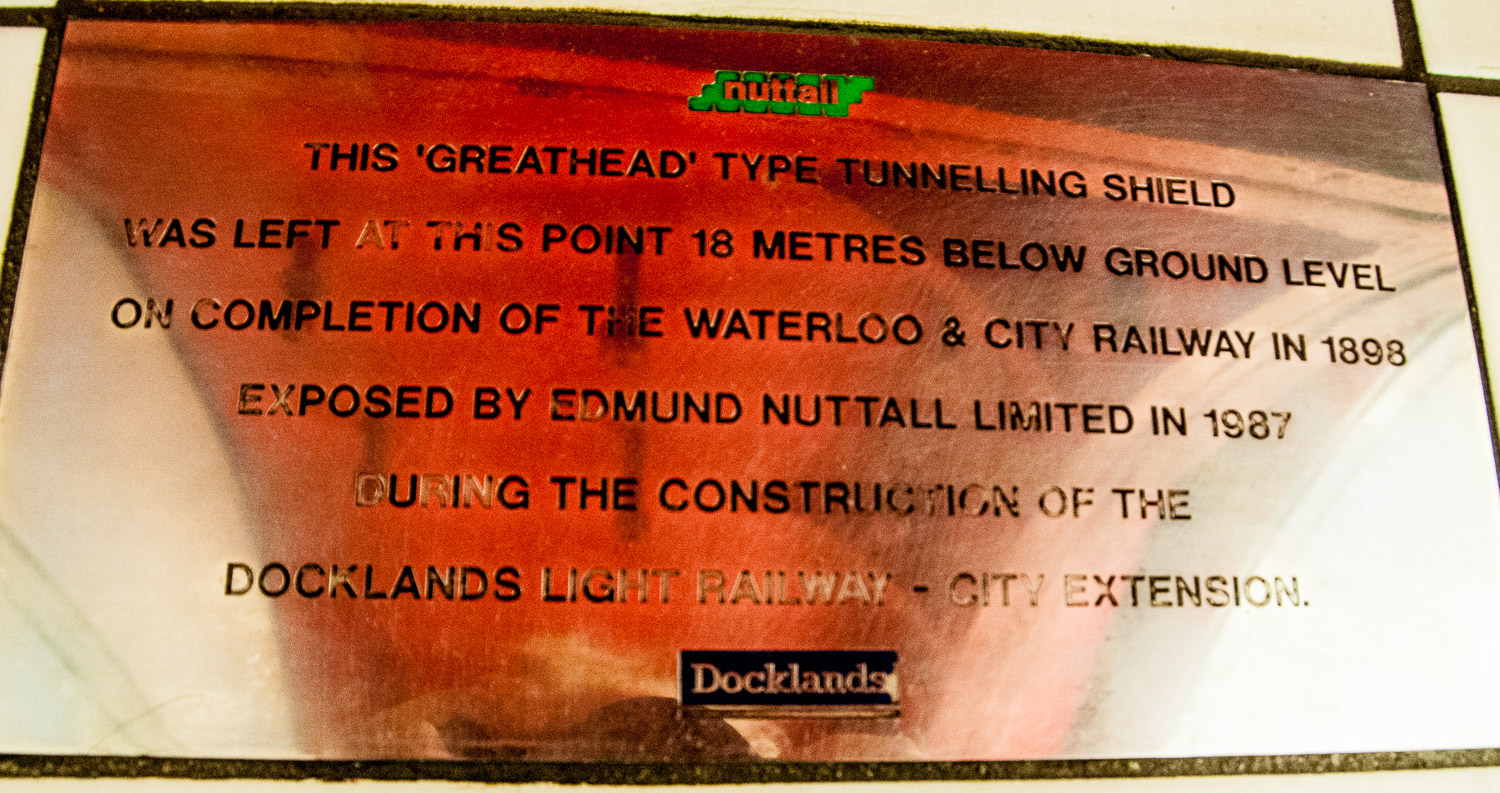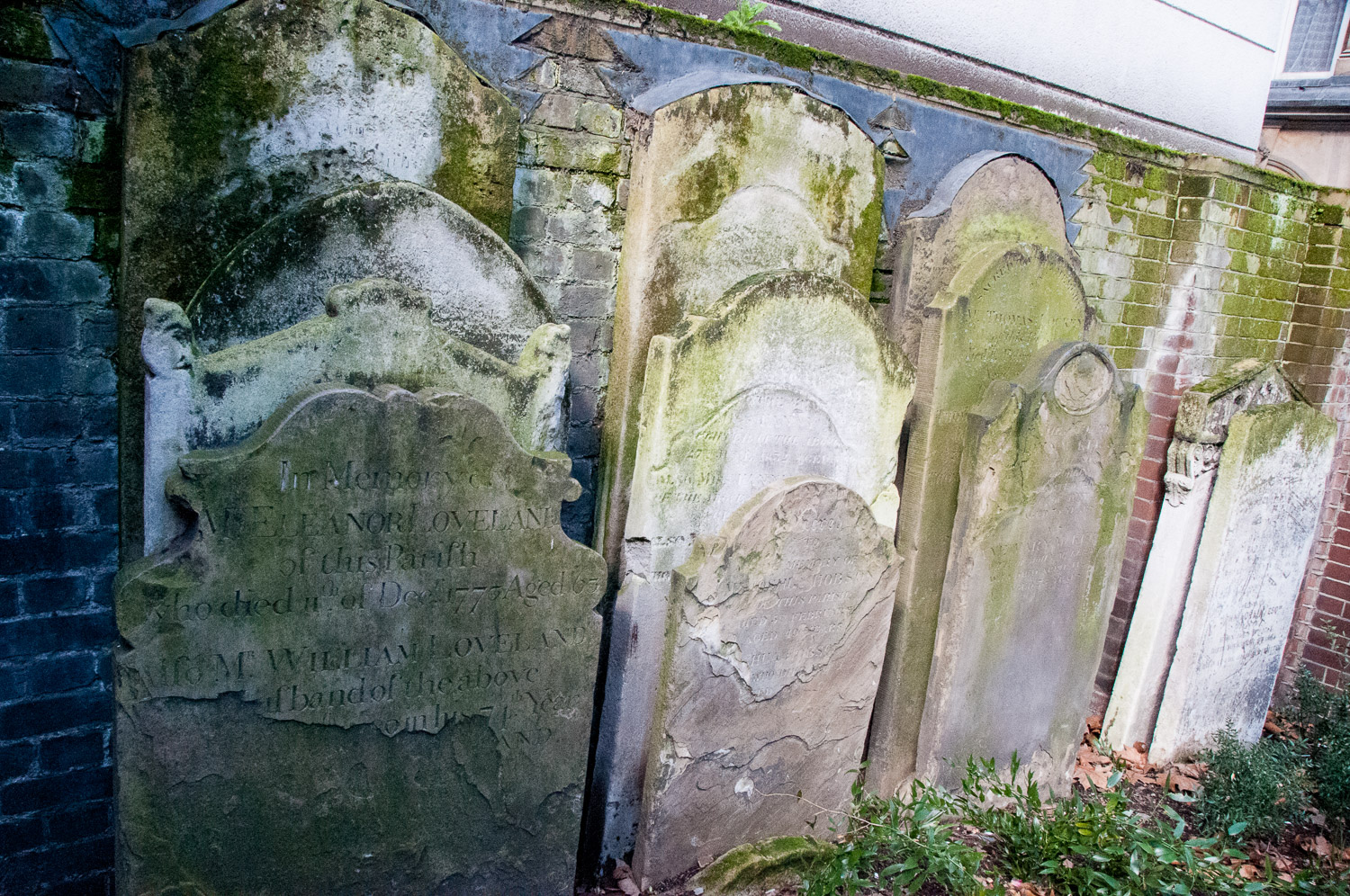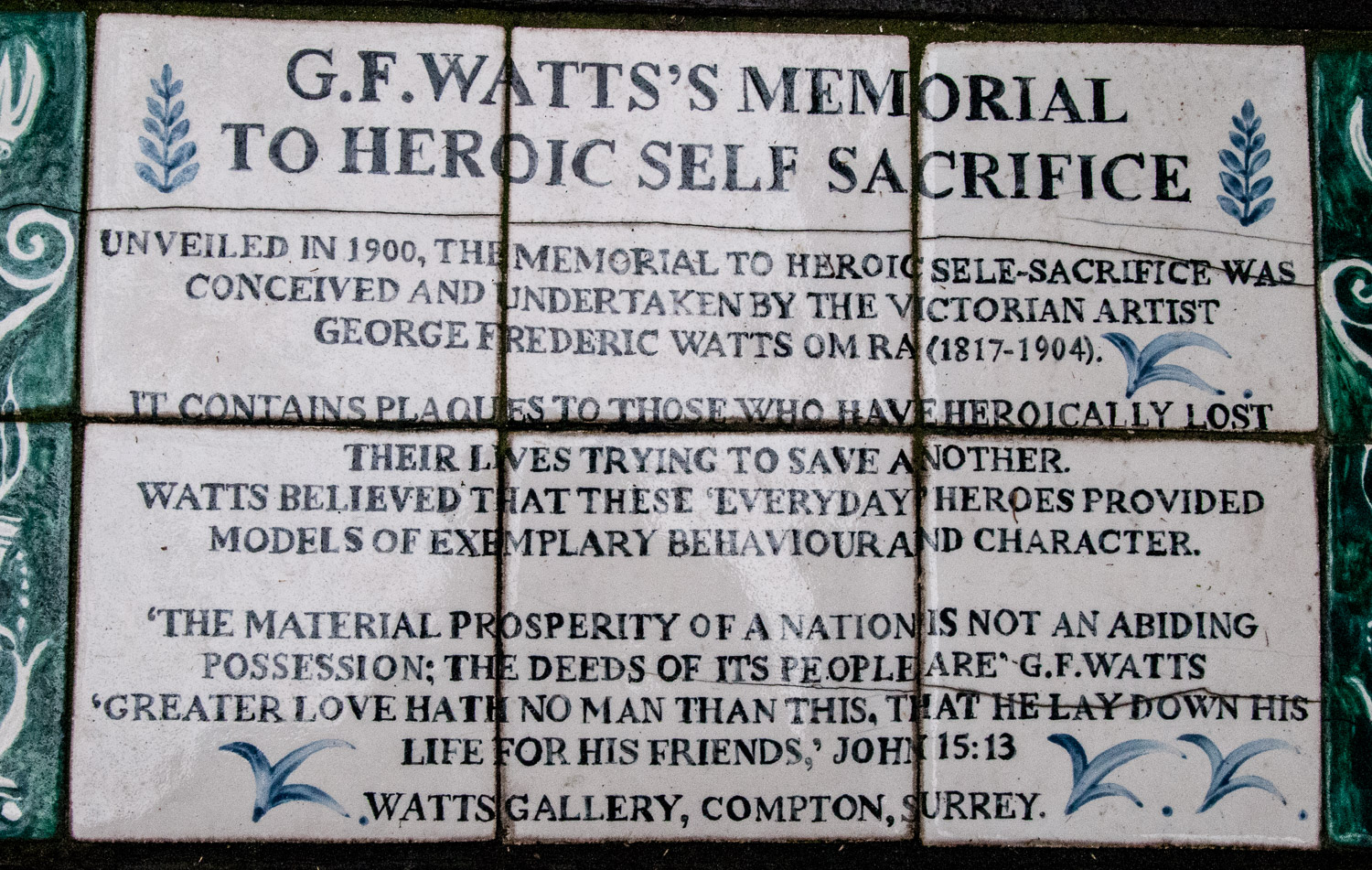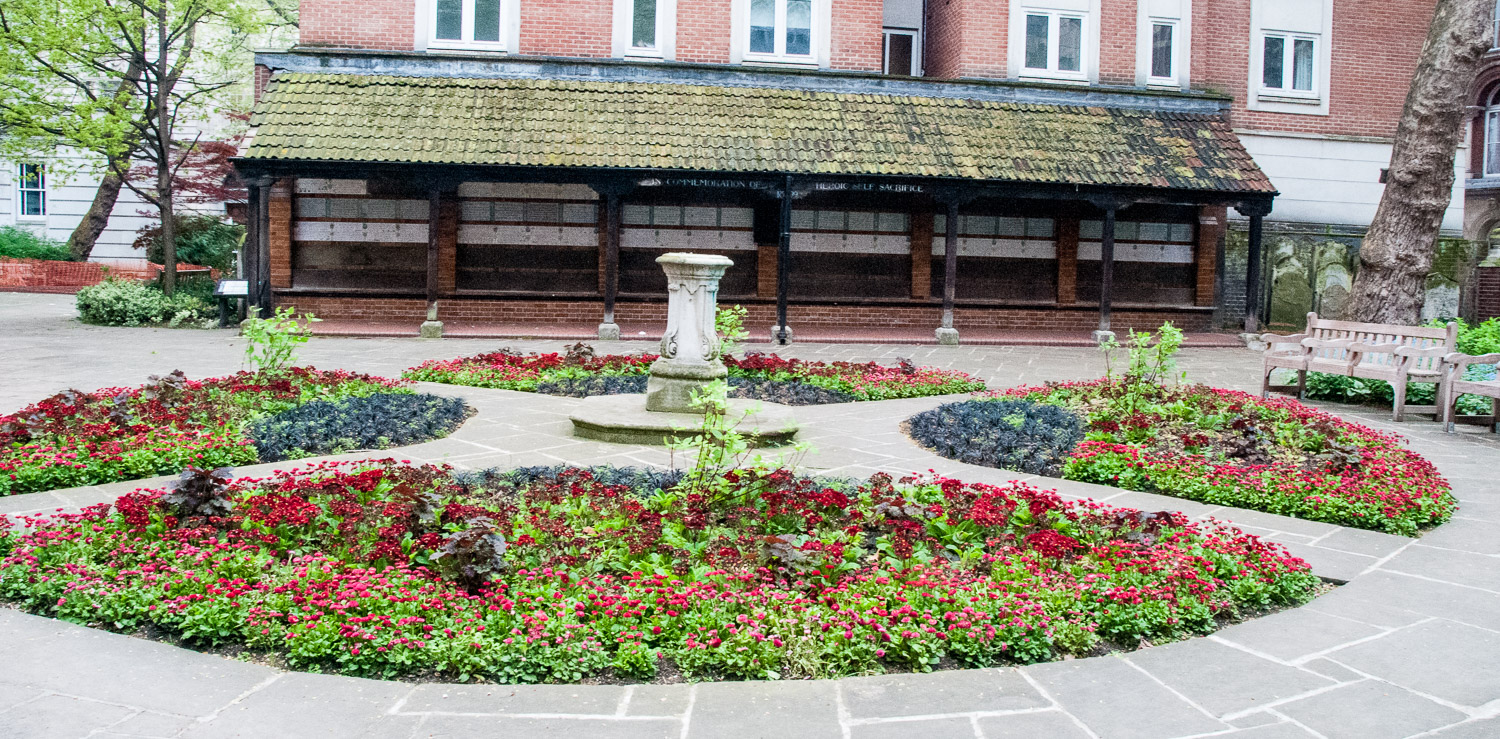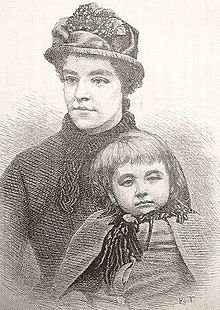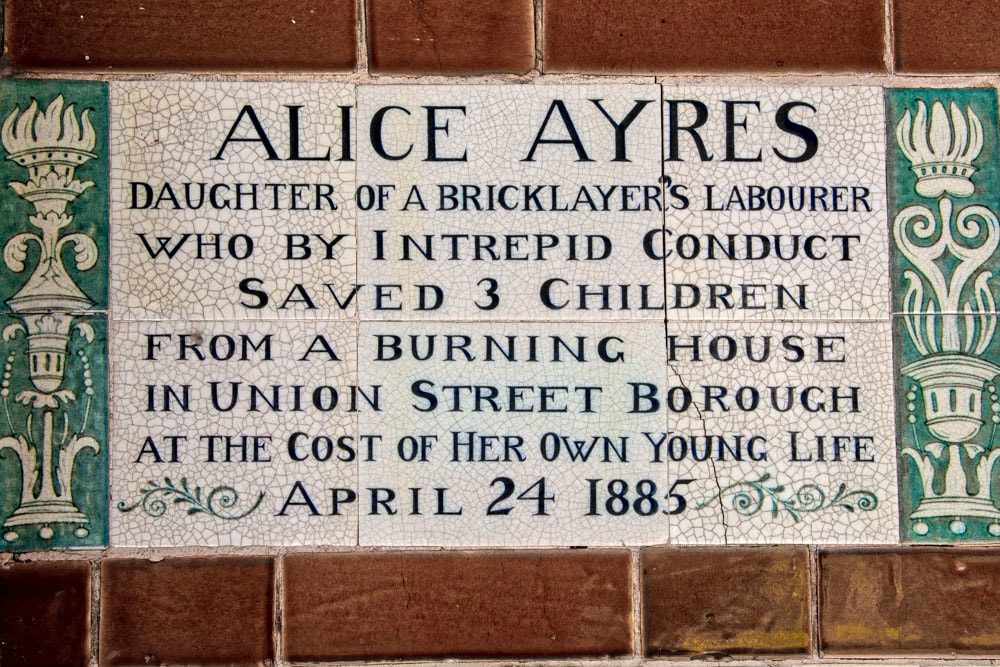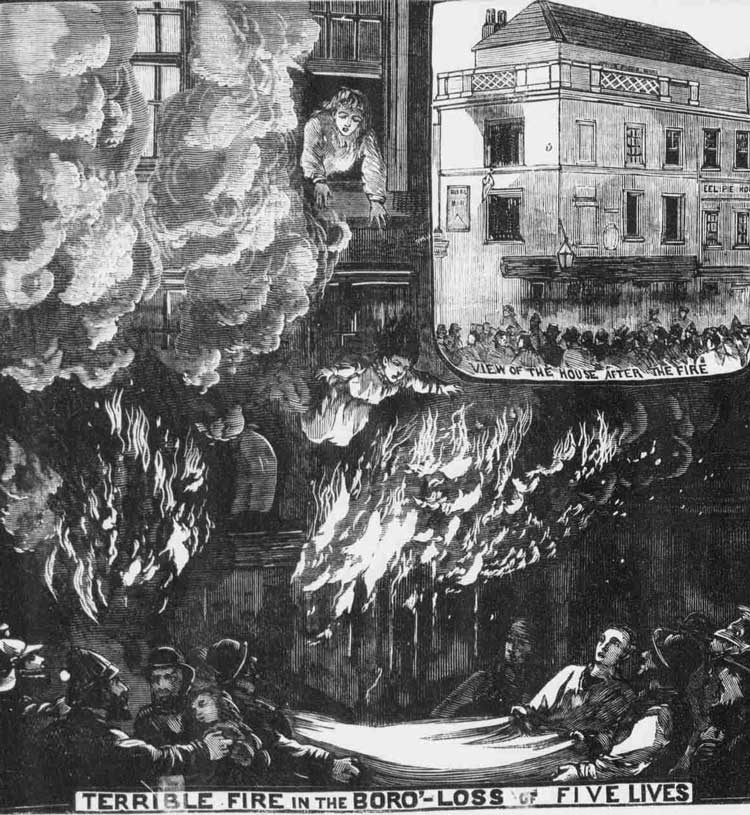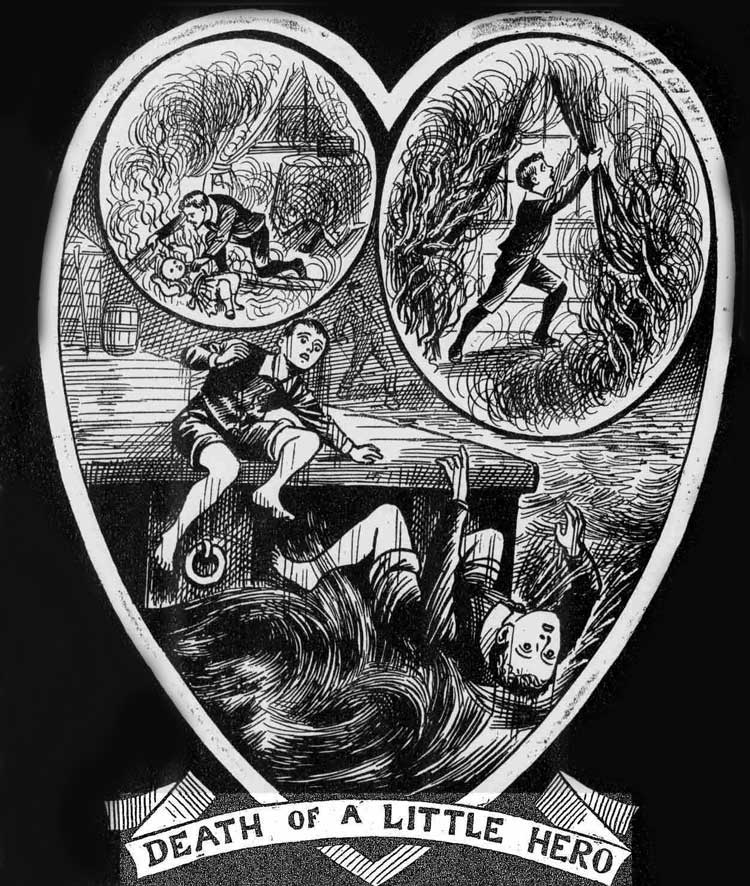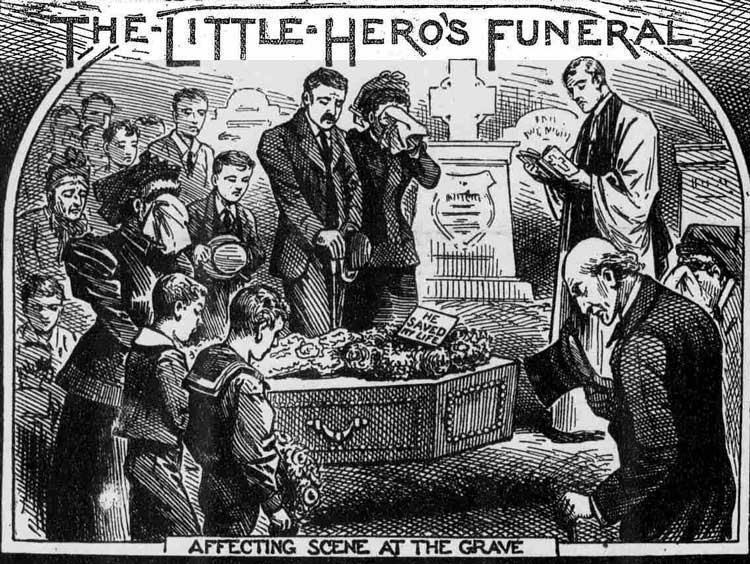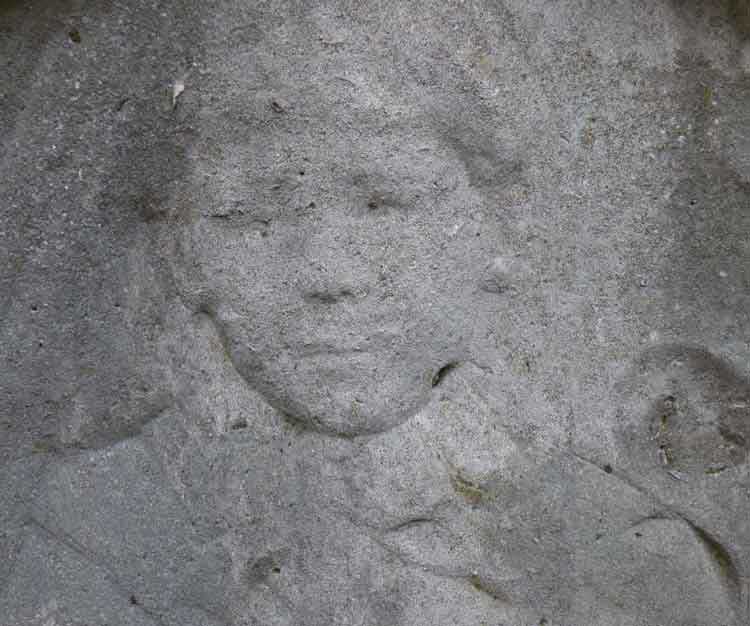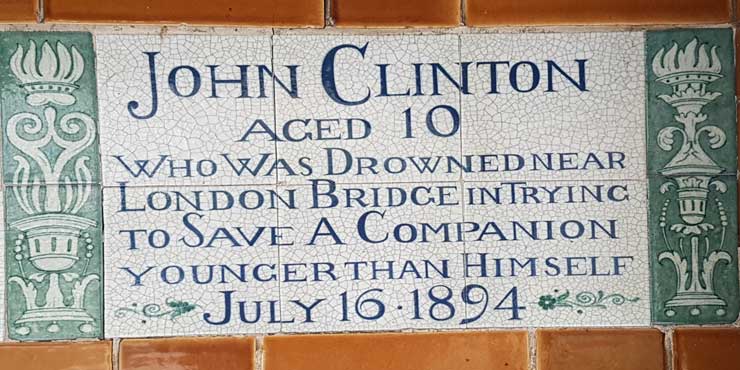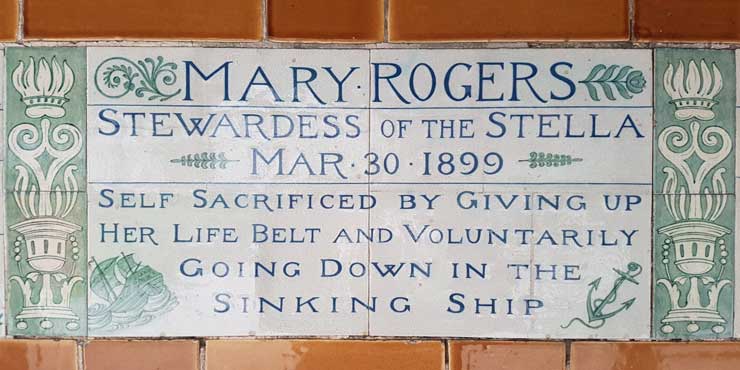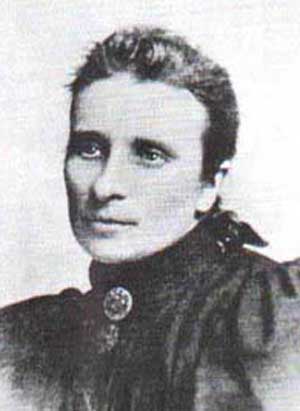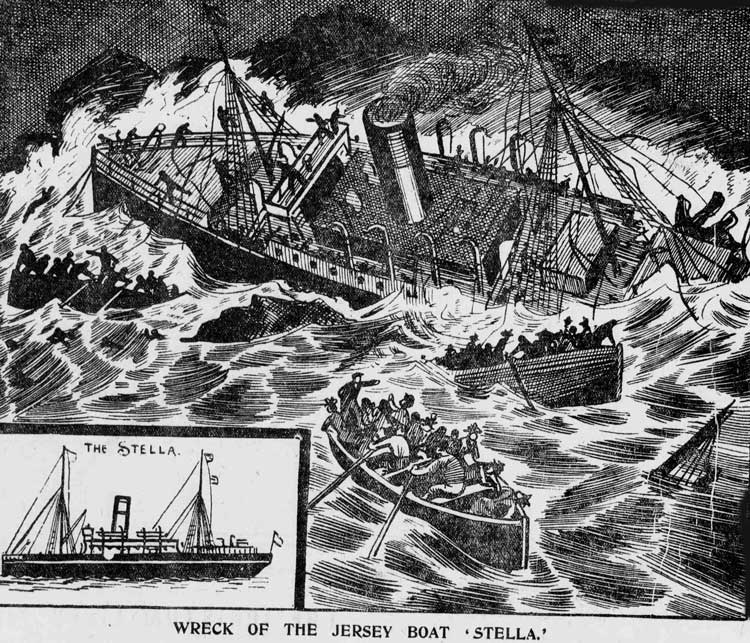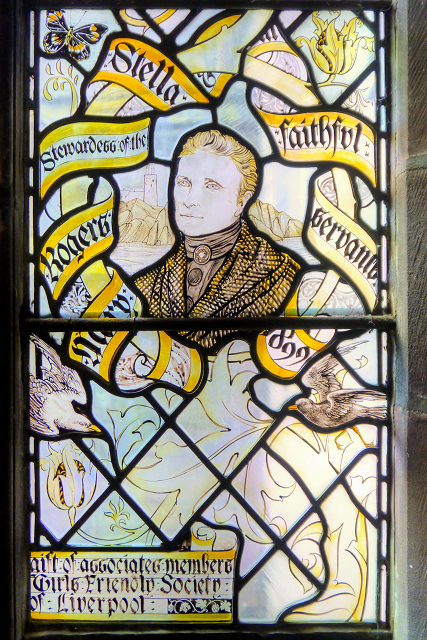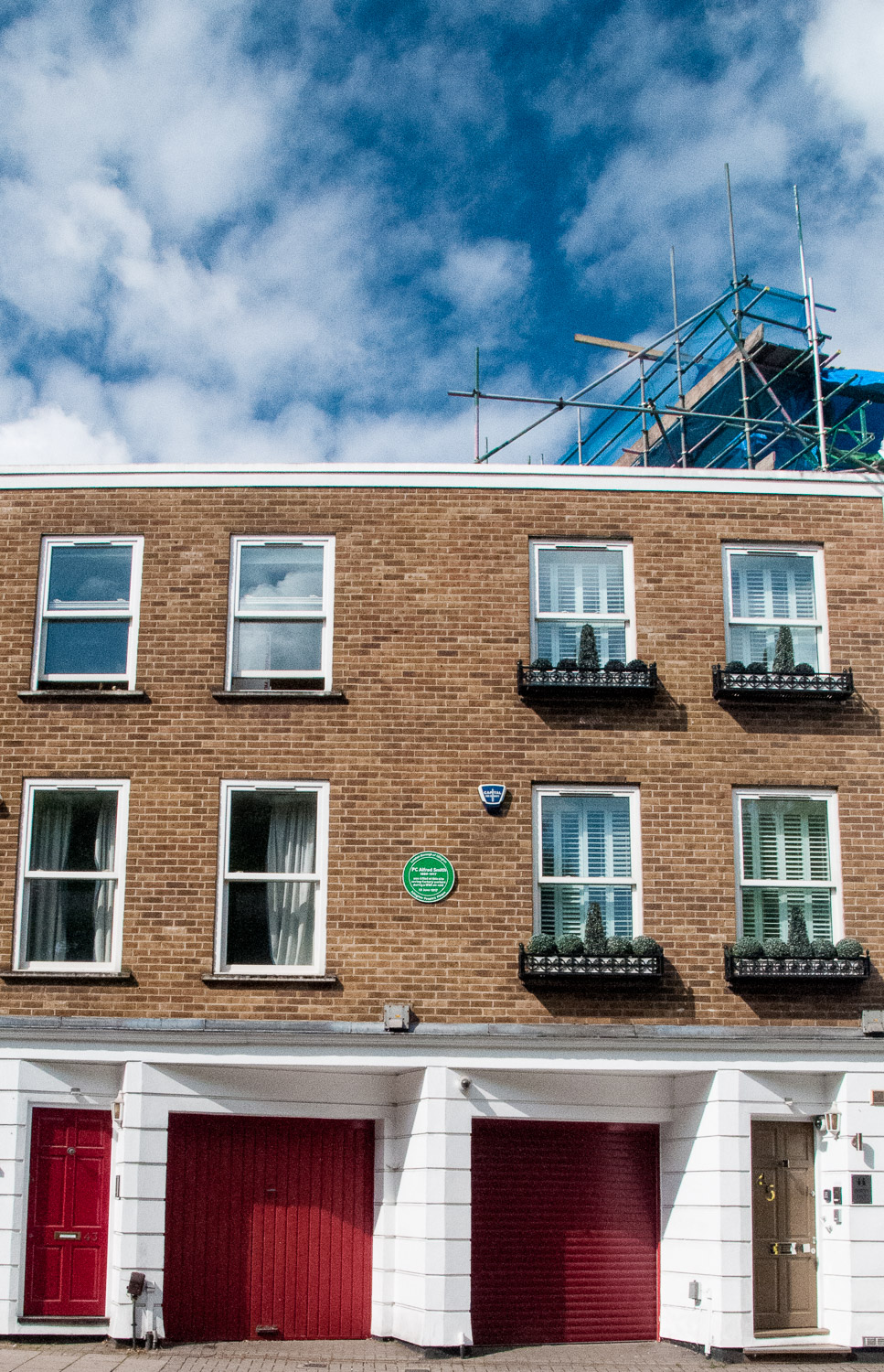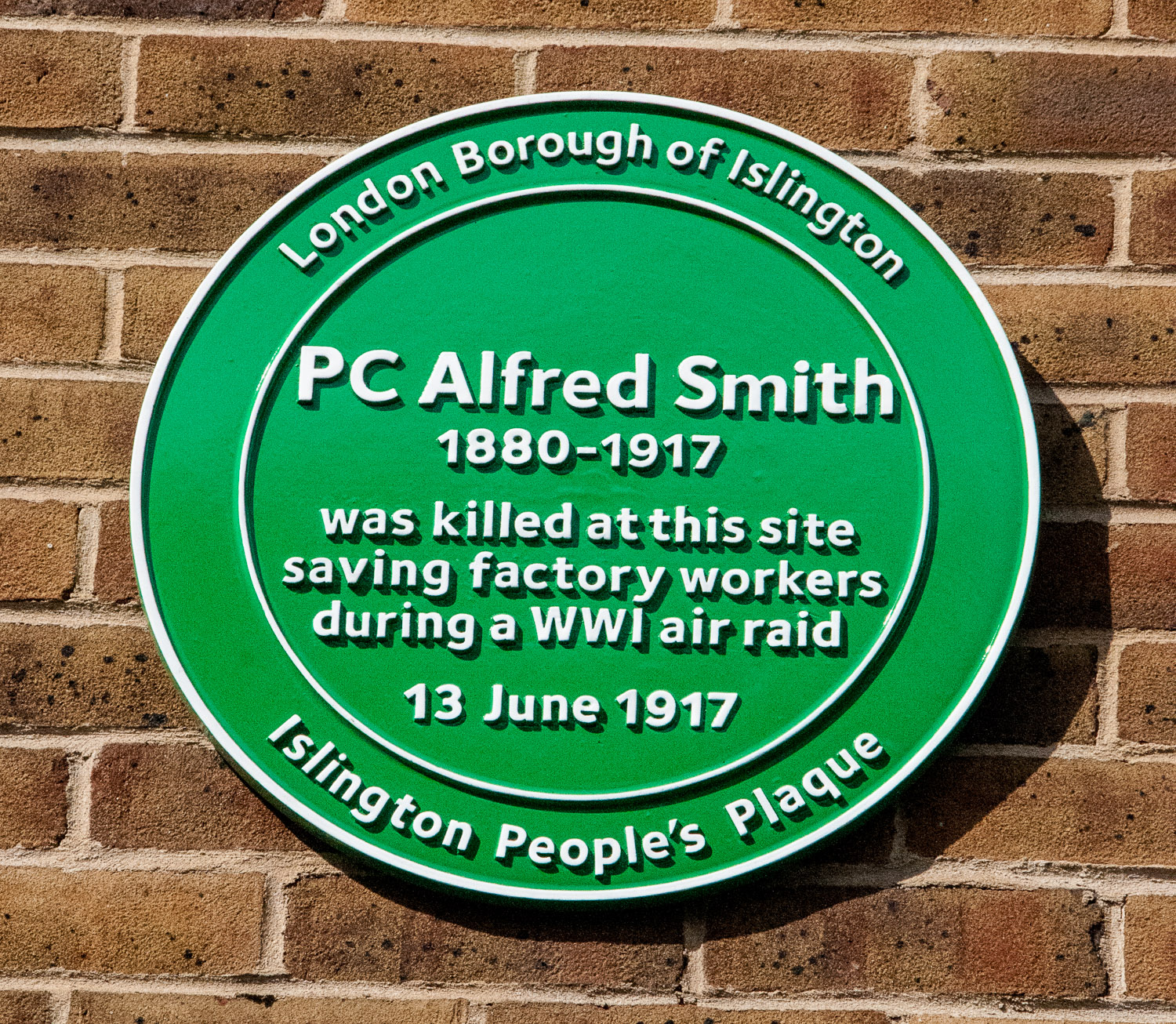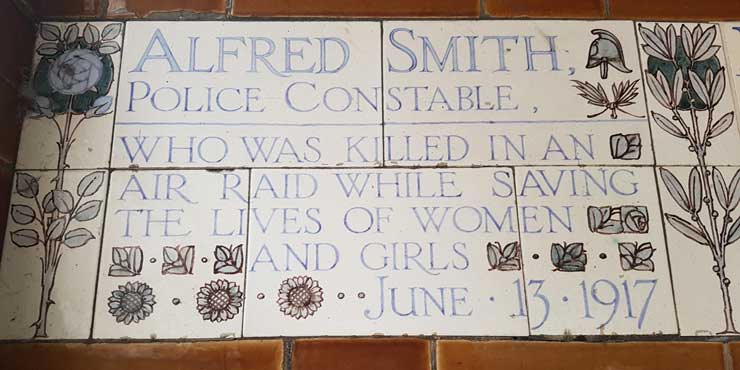This week I am looking at sculptures representing work in the City in the 20th Century.
Although I mentioned them in an earlier blog I wanted to show these figures again because they are so unusual …
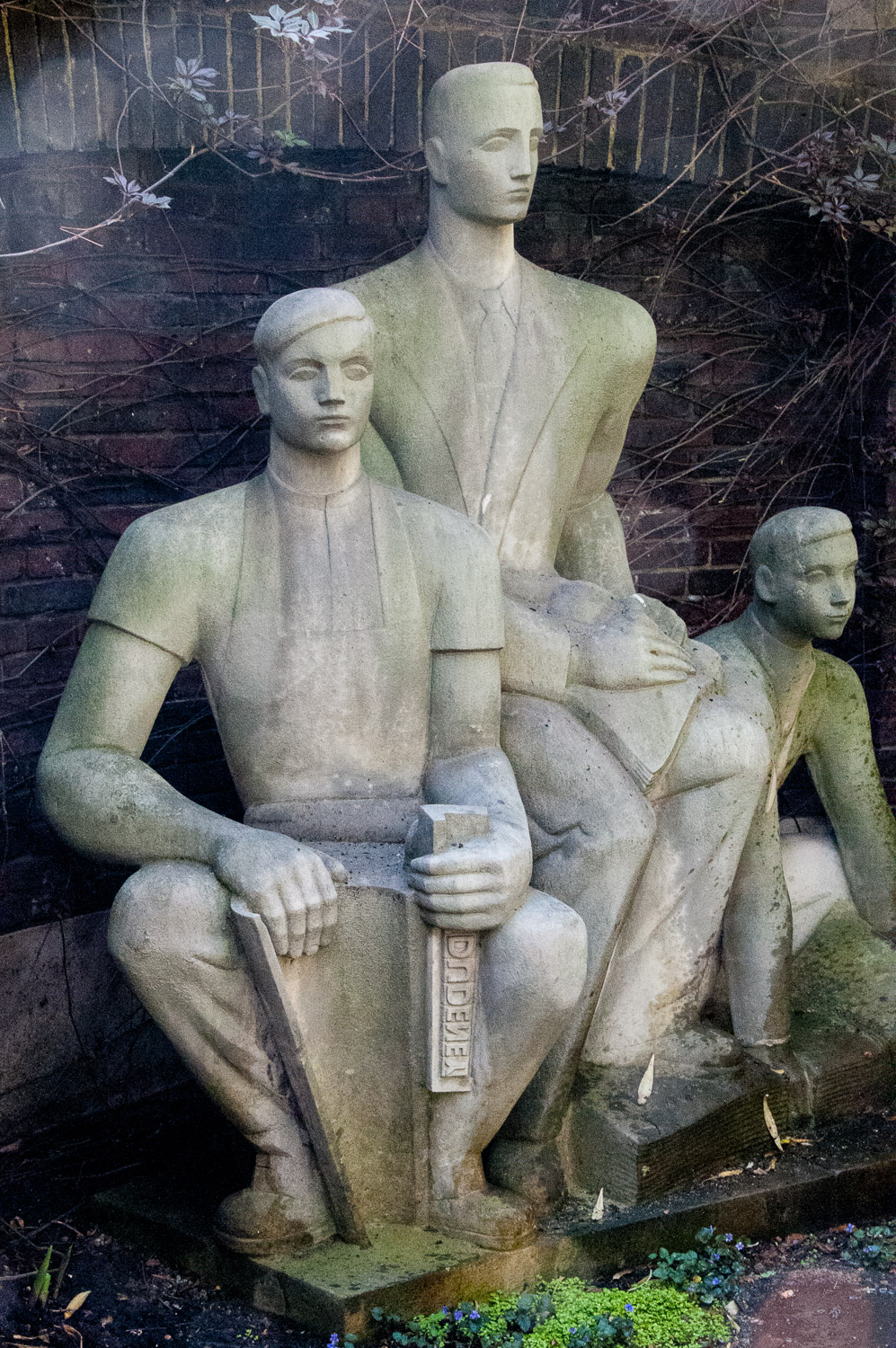
Old churchyard of St John Zachary, 25 Gresham Street EC2V 7HN.
Wilfred Dudeney’s monument Three Printers (1954) has been here since 2009. Commissioned by the Westminster Press Group, it represents the newspaper process with a newsboy (sales), printer and editor (or proprietor), and used to stand by their offices in New Street Square. When the square was redeveloped the Goldsmiths’ Company, as the freeholders of the square, relocated the sculpture here (they had to rescue it from a demolition yard). Look closely, the printer is grasping a ‘stick’ for holding metal type, and Dudeney’s name is in ‘mirror writing’ just as it would have been when typeset the old-fashioned way.
This sculpture reminded me of words from Auden’s The Waste Land:
Unreal City,Under the brown fog of a winter dawn,A crowd flowed over London Bridge, so many,I had not thought death had undone so many.Sighs, short and infrequent, were exhaled,And each man fixed his eyes before his feet.
It is entitled Rush Hour by George Segal (1983-7) and is in Broadgate (EC2M 3WA) …
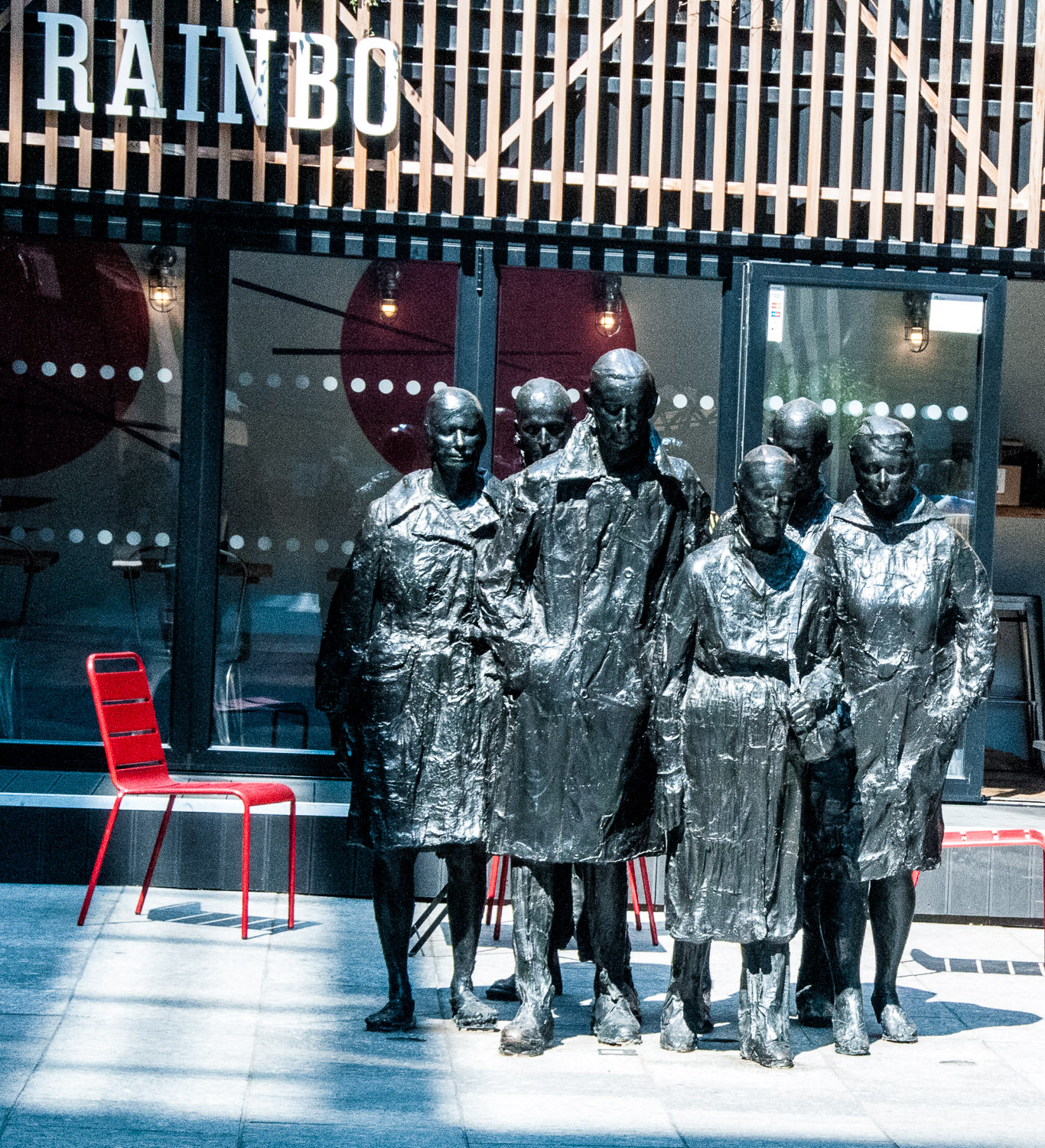
Trudging wearily off home in the rain …
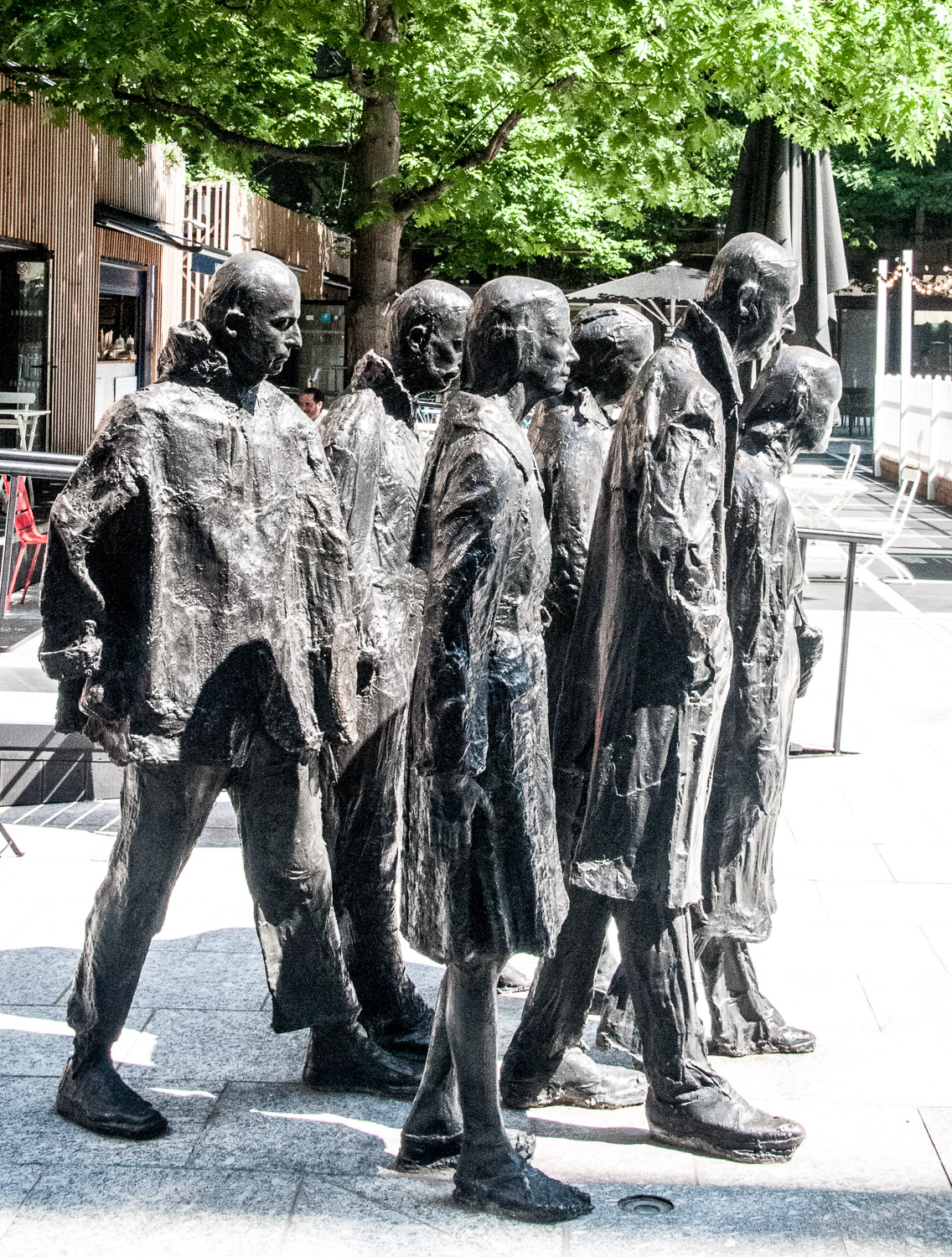 Segal created this sculpture from live models, encasing them in wire mesh and plaster bandages, before cutting each cast open to free the model, rejoining the mould and casting bronze figures from the plaster versions. You will notice that all their eyes are closed …
Segal created this sculpture from live models, encasing them in wire mesh and plaster bandages, before cutting each cast open to free the model, rejoining the mould and casting bronze figures from the plaster versions. You will notice that all their eyes are closed …
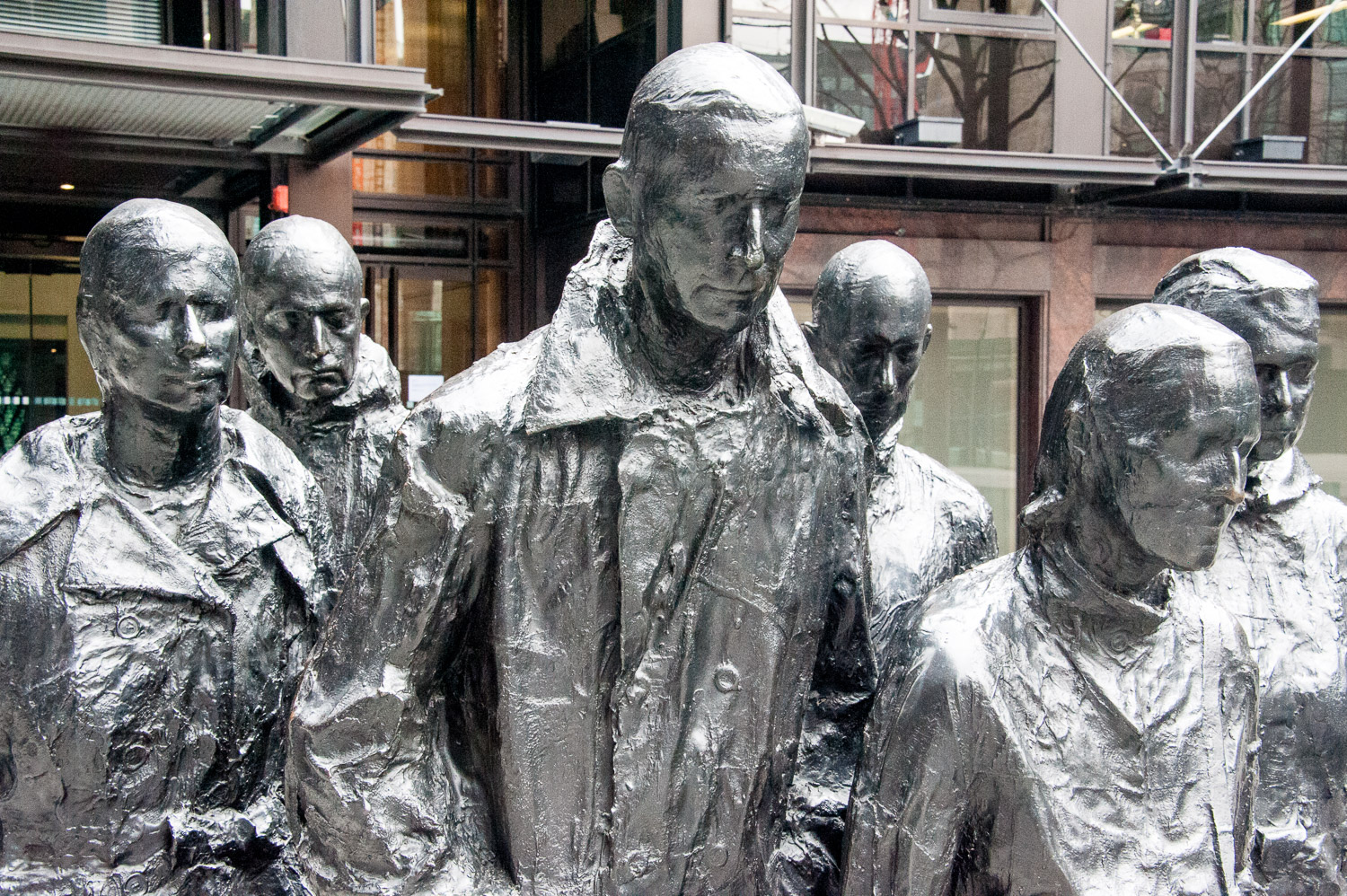
And now something a bit more cheerful …
Philip Ward-Jackson, in his book Public Sculpture of the City of London, tells us of the Trees, Gardens and Open Spaces Committee of the Corporation which was chaired by Frederick Cleary. In his autobiography Cleary recorded that Jonzen’s figure below was intended as a tribute to the efforts of his committee but Ward-Jackson feels that ‘it might have been better described as a symbol of the ‘greening’ of the City in the post-war period’. Most appropriately, Mr Cleary has a garden named after him, and you can read about it in my earlier blog about City gardens generally.
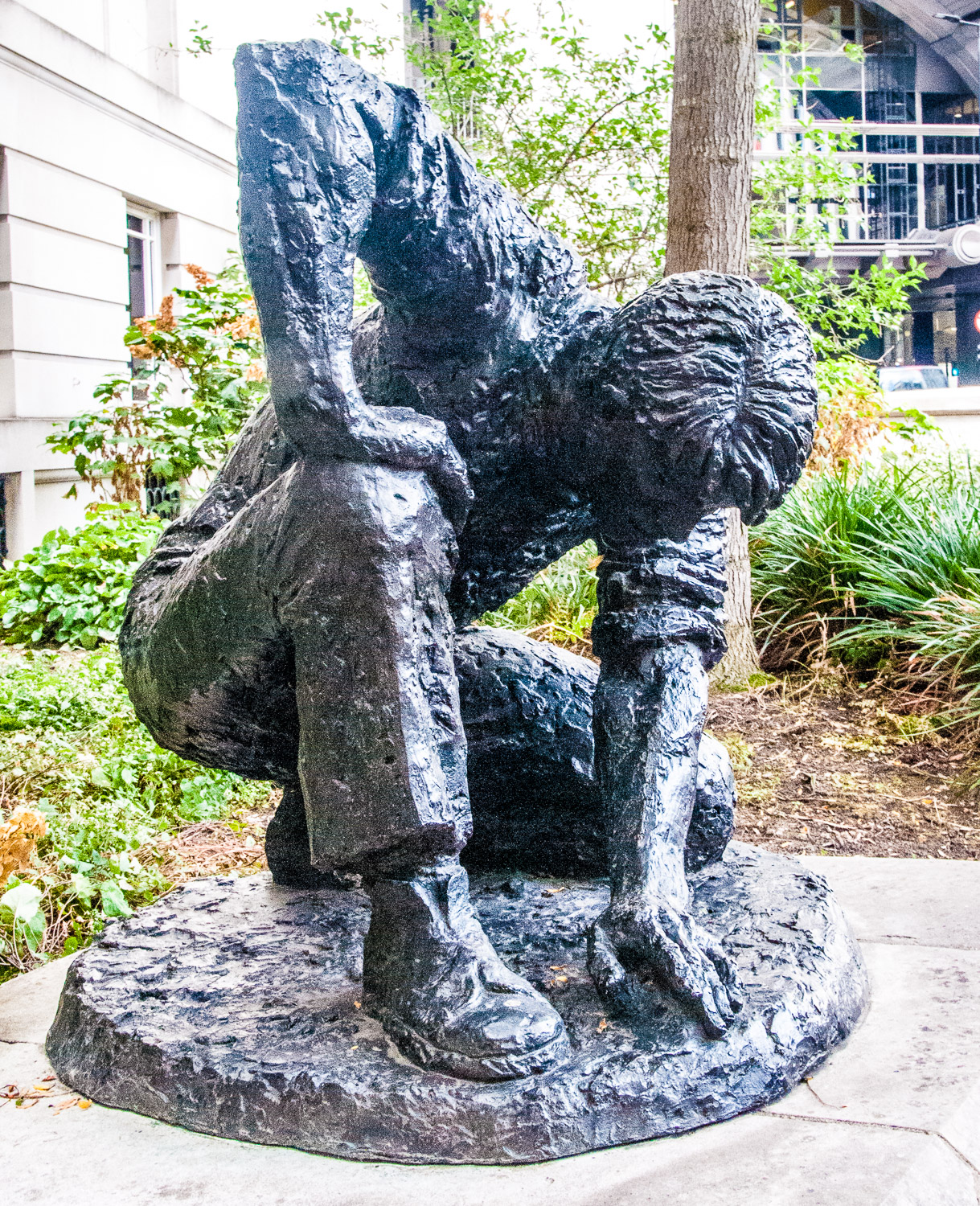
‘The Gardener’ by Karin Jonzen FBS (1971) – Brewers’ Hall Gardens, London Wall EC2V 7HR.
Apparently Jonzen, on being given the subject by the Corporation …
… decided on a kneeling figure of a young man, who, having planted a bulb, was gently stroking over the earth.
Easy to miss but worth seeking out is The Building Worker, a bronze statue of a building worker in a pose based on Michelangelo’s David, but in working clothes and wearing a hard hat and carrying a spirit level. He is on Tower Hill EC3 just across the road from the station outside the Tower of London …
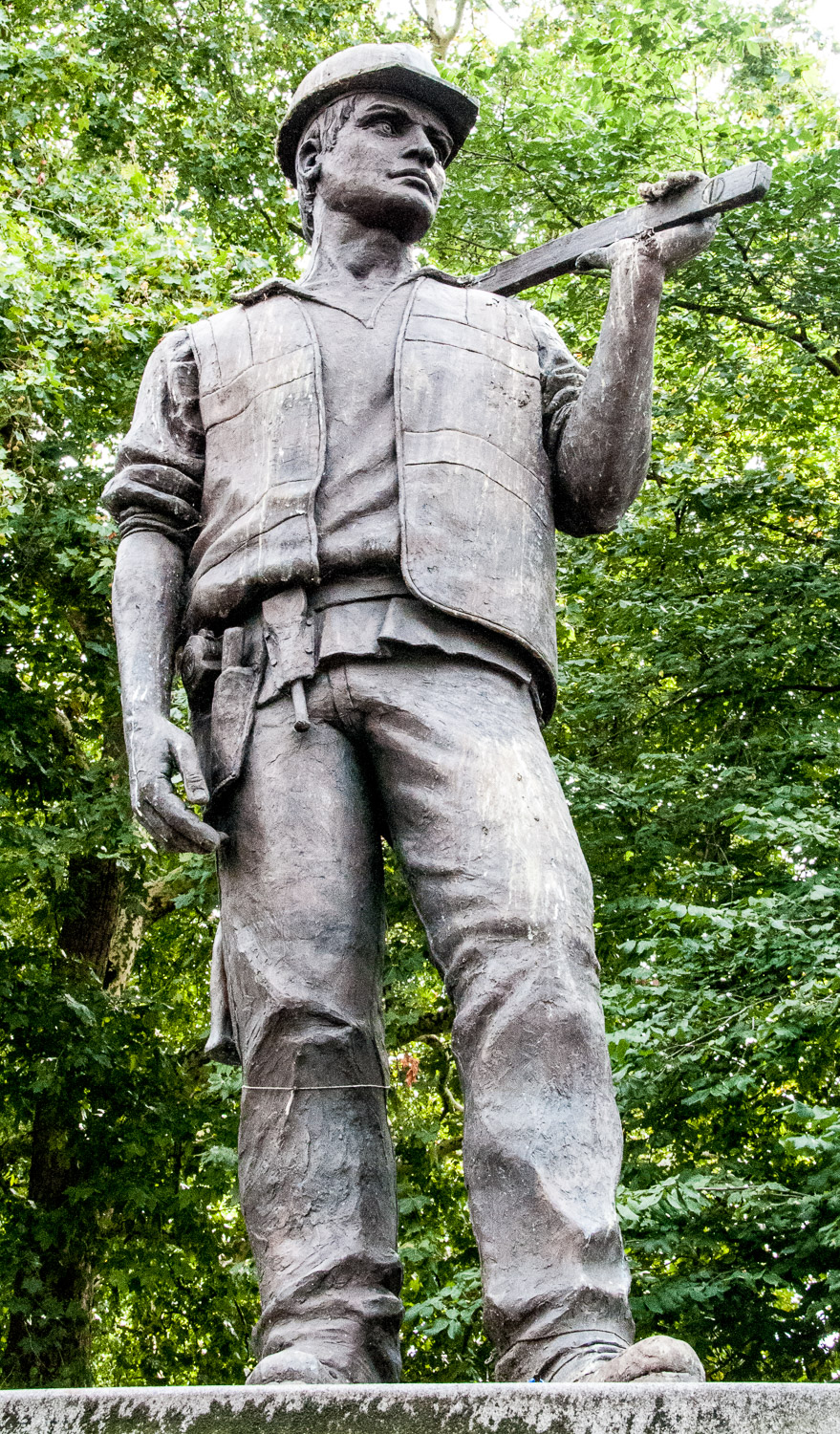
The sculptor was Alan Wilson (2006).
It commemorates the ‘thousands of workers who have lost their lives at work … (and) workers who are today building and rebuilding towns and cities across the United Kingdom.’ Wreaths are laid here each year on April 28, International Workers Memorial Day, and a two minute silence is observed at noon in memory of those who have suffered fatal injuries in accidents at work.
The Plumbers’ Hall was compulsorily purchased in 1863 to make way for the expansion of Cannon Street Railway station and this statue on the concourse is a reminder of that connection …
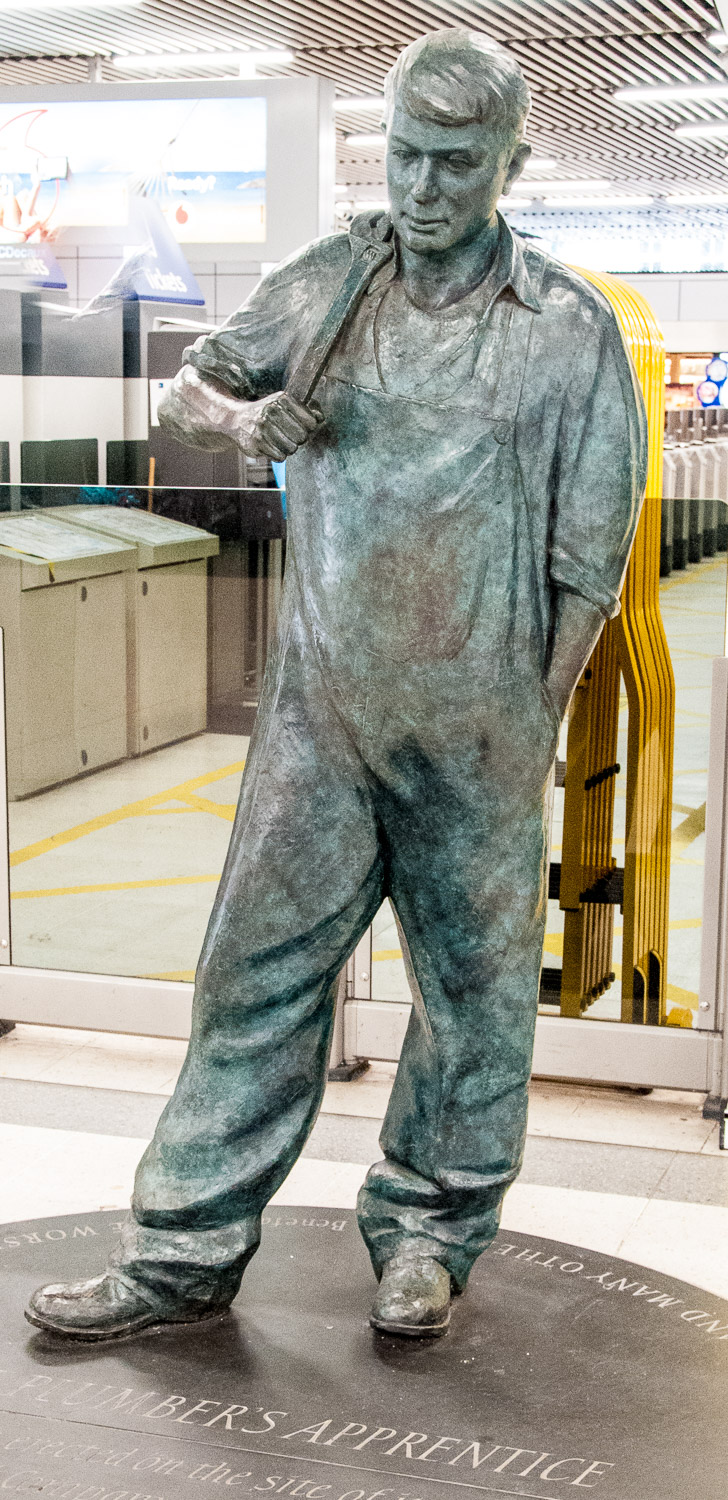
The Plumber’s Apprentice by Mark Jennings (2011).
The inscription reads ‘This statue was erected on the site of its last Livery Hall by The Worshipful Company of Plumbers to celebrate the 400th anniversary of the granting of its Charter by King James I in 1611 and to recognise the support given by the Company to the training of apprentices.’
To round off my day I went looking for a statue I personally remember being erected on Cannon Street in 1996 – The LIFFE Trader (LIFFE standing for the London International Financial Futures Exchange). But he has been moved and tucked away behind glass at the Guildhall Yard in a corridor that the public cannot access …
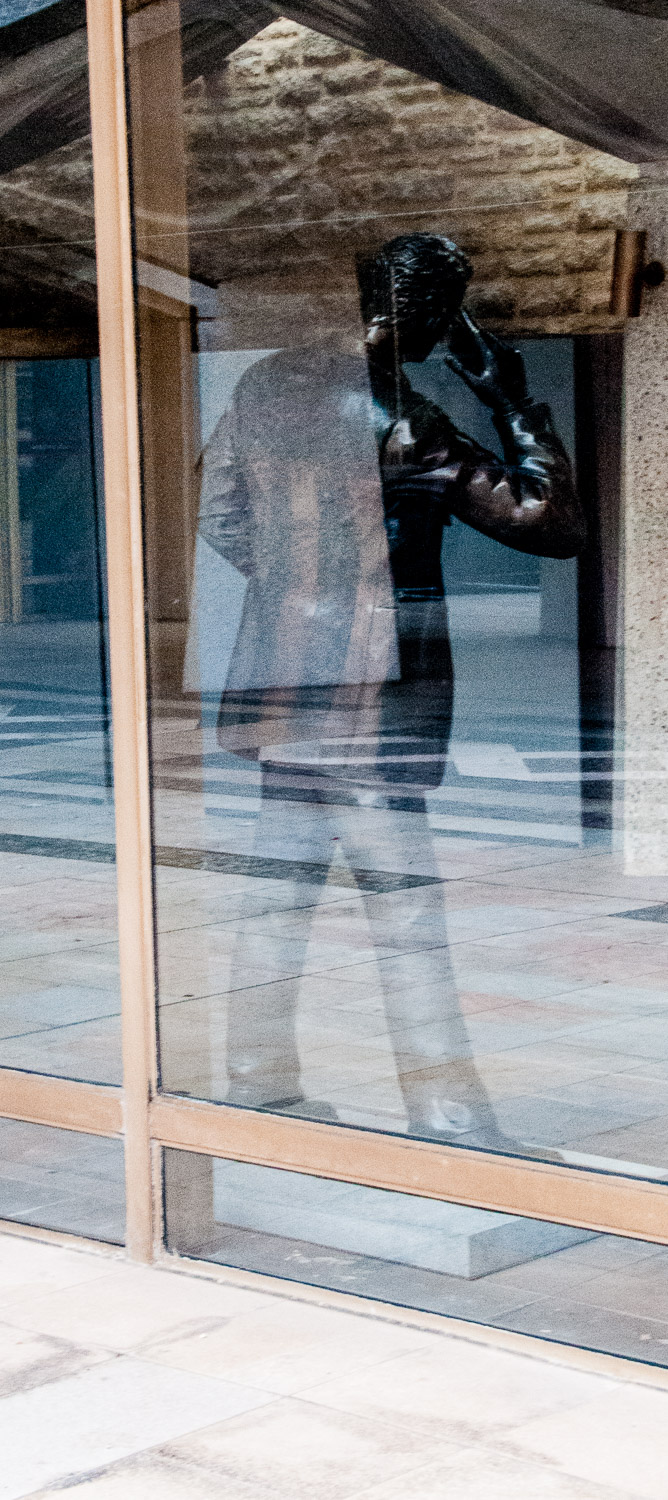
Please let him go outside, or at least turn him around.
Here he is in his glory days at Cannon Street – a bit of a character with his loosened tie, no doubt doing a deal on his then fashionable clamshell mobile phone …
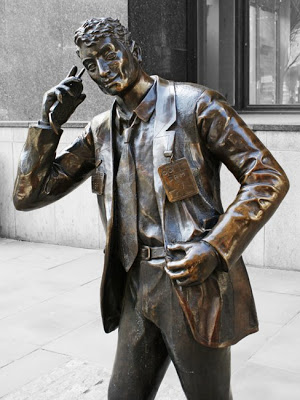
Photograph copyright Loïc Brohard.
